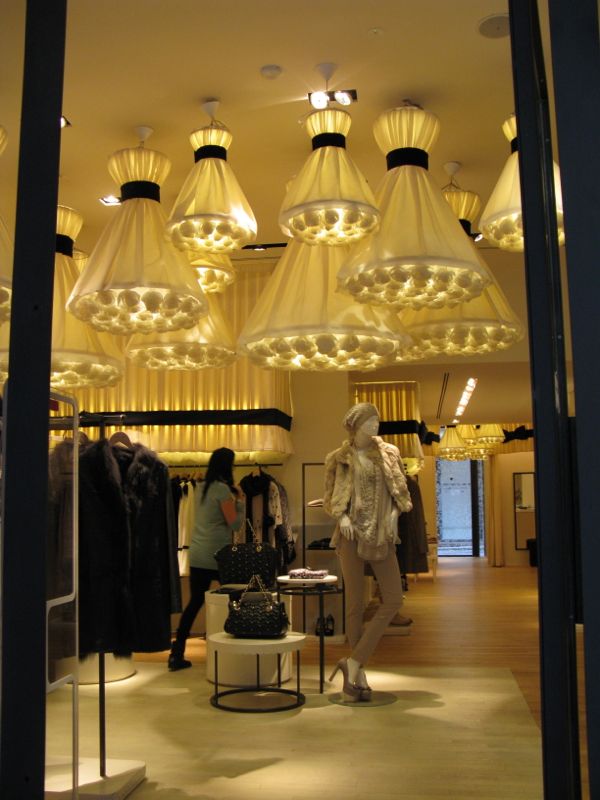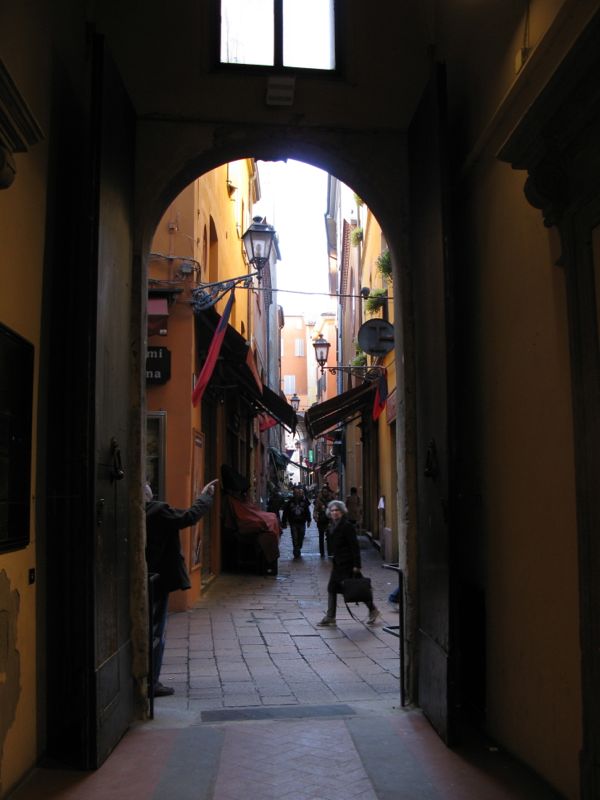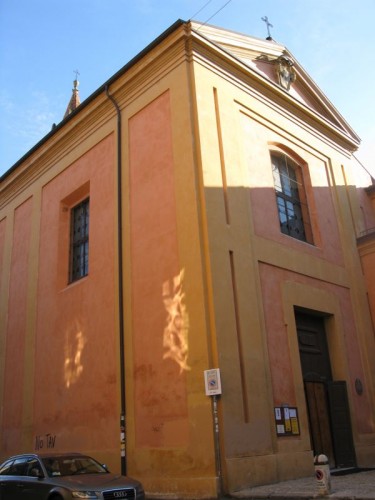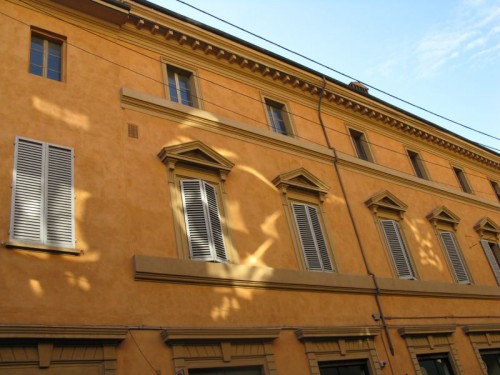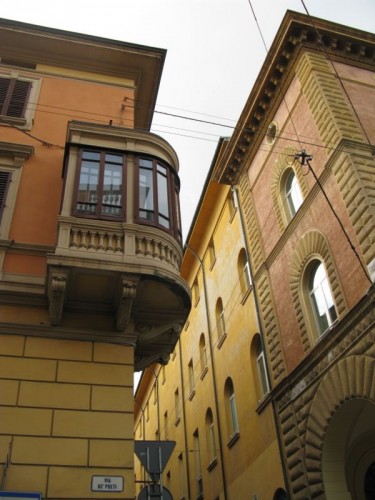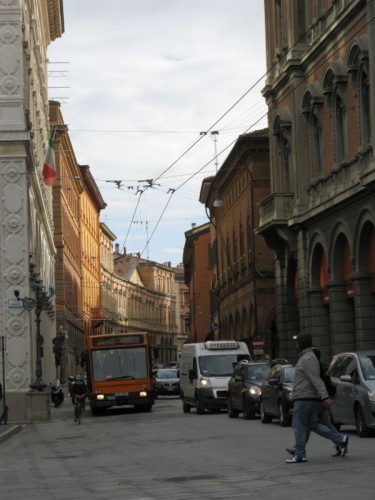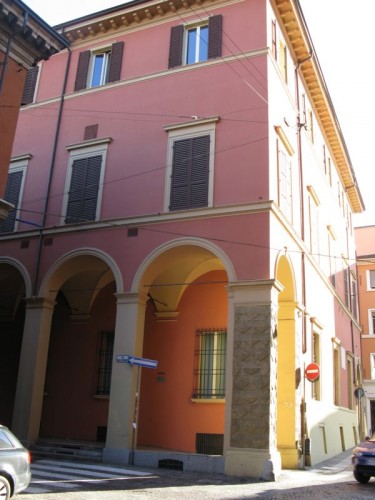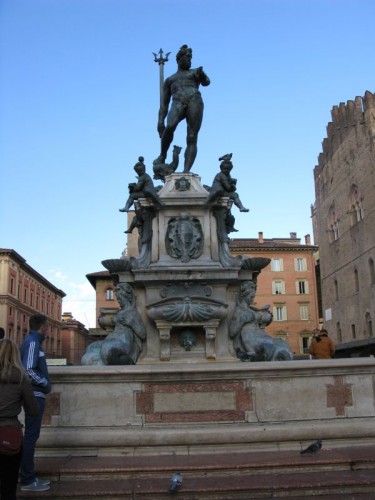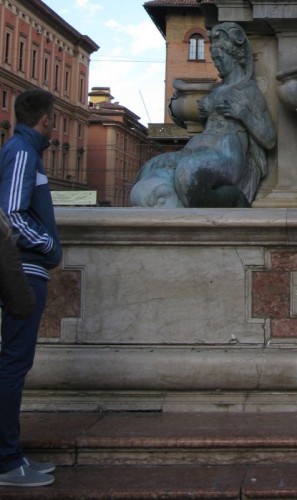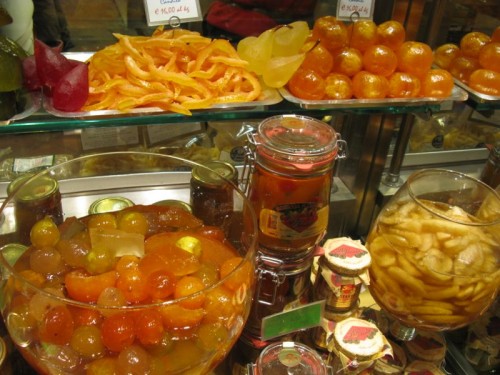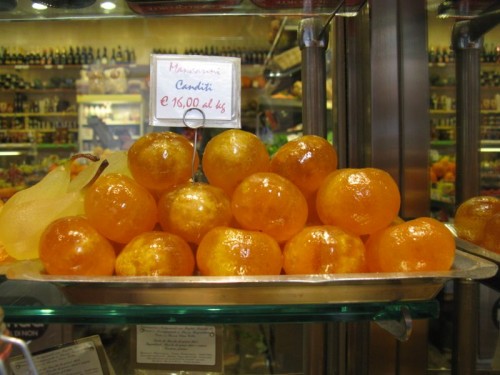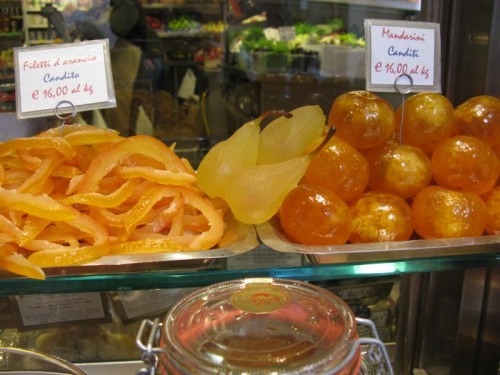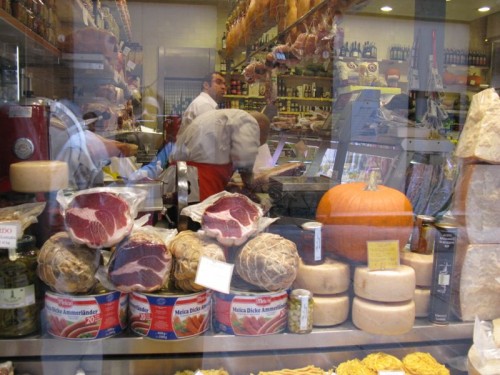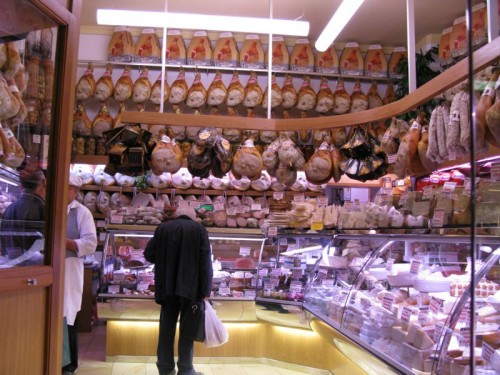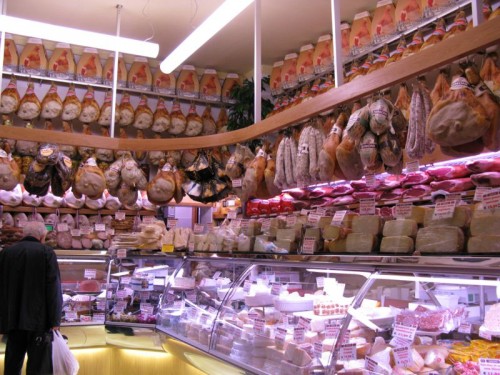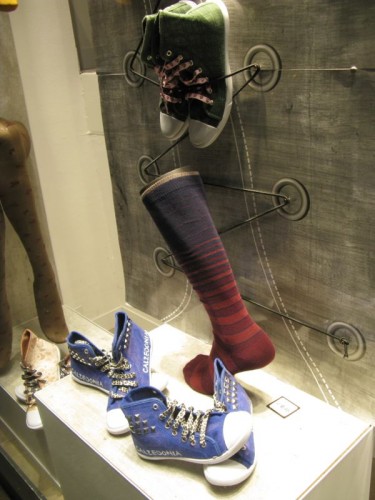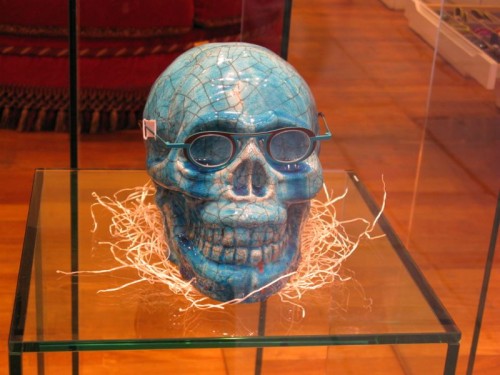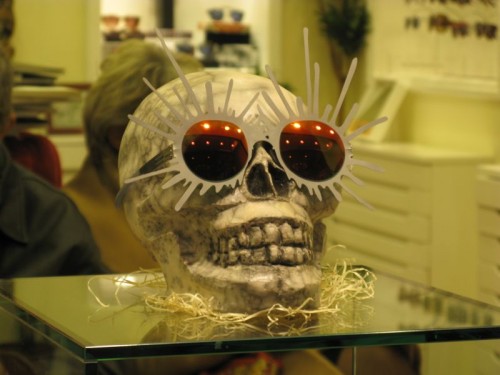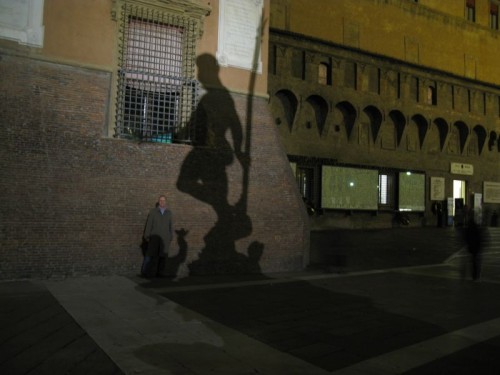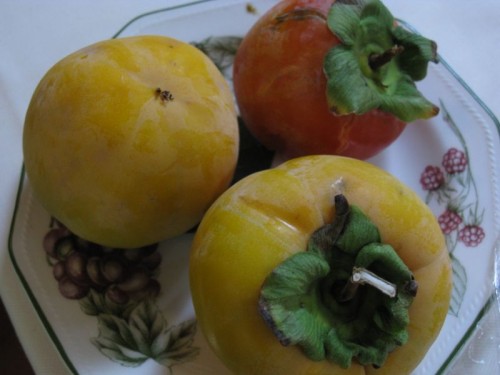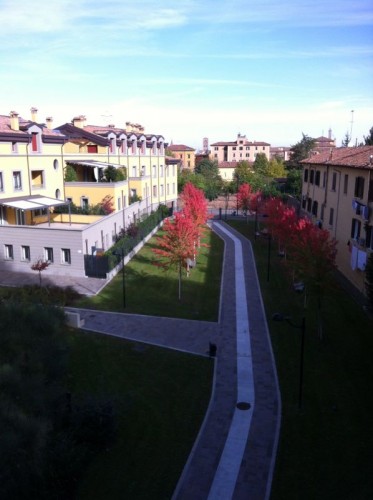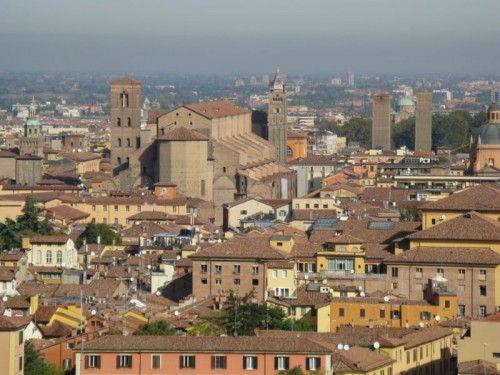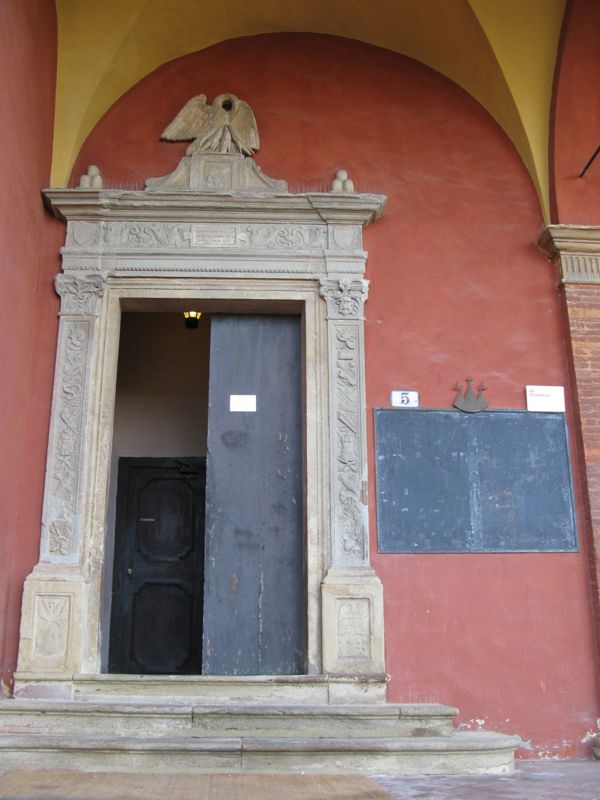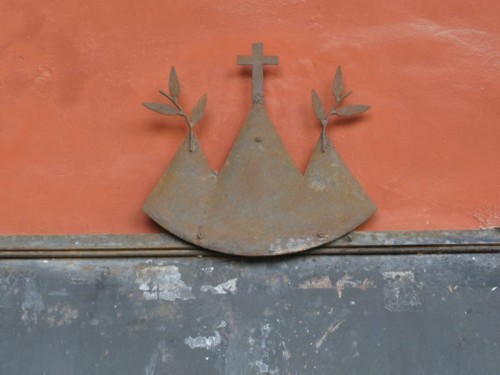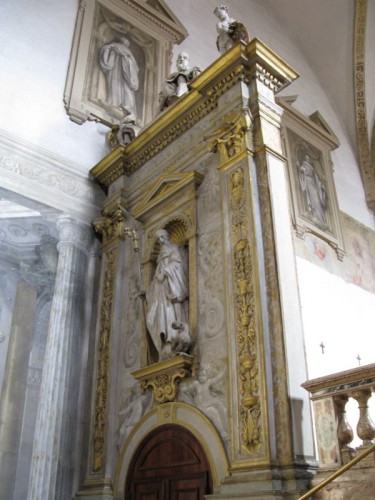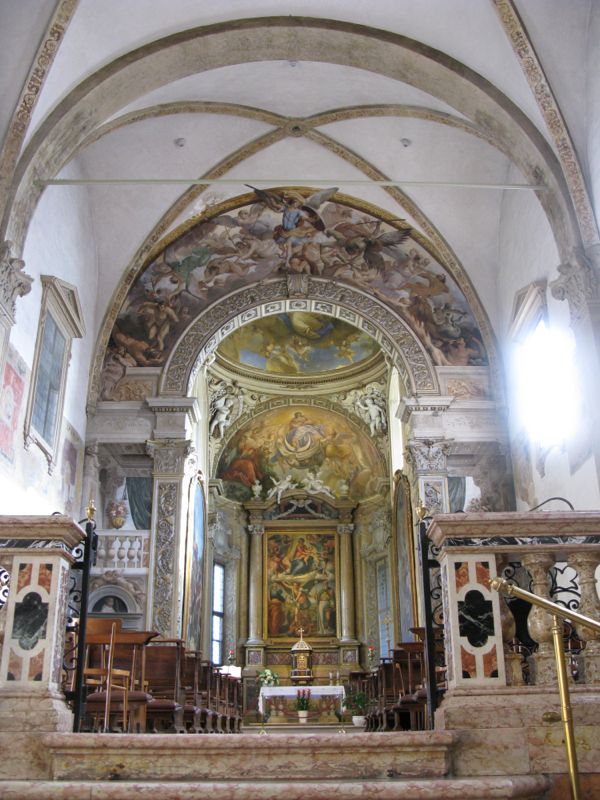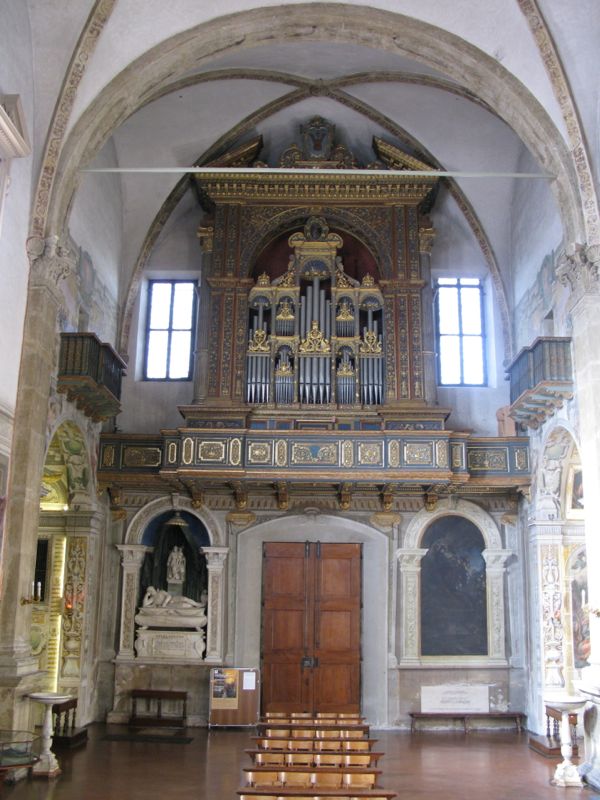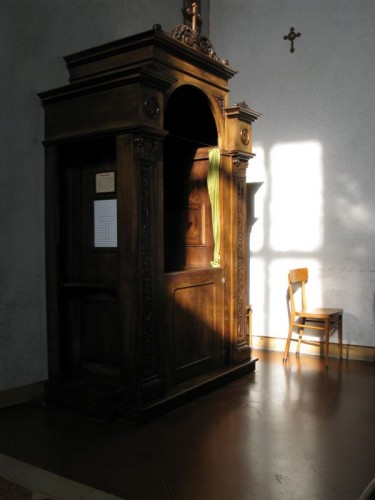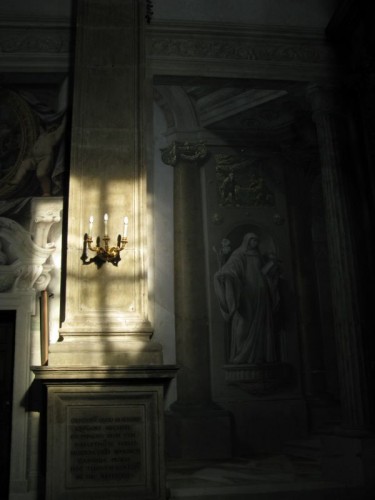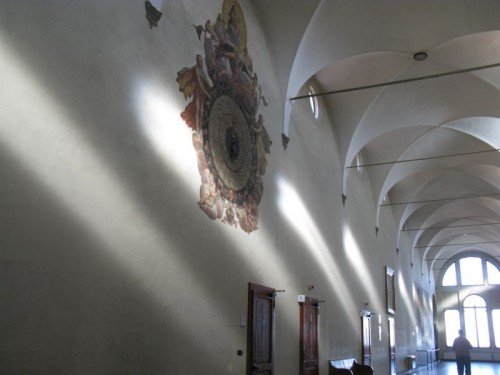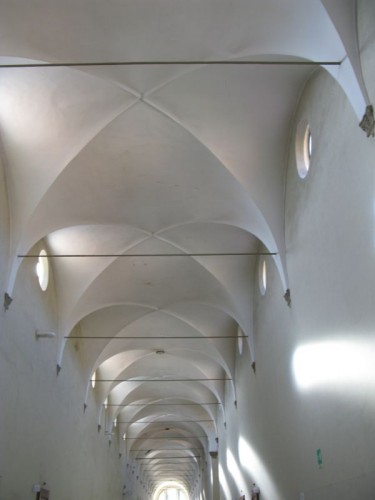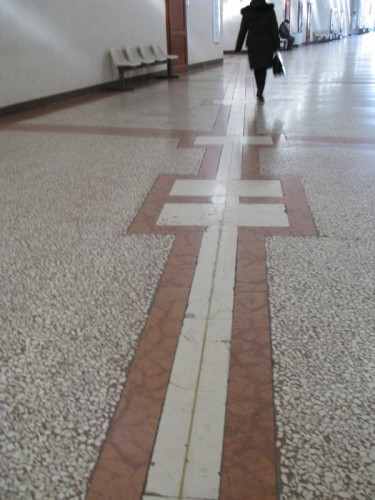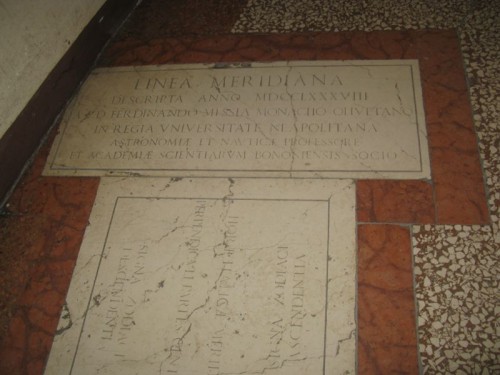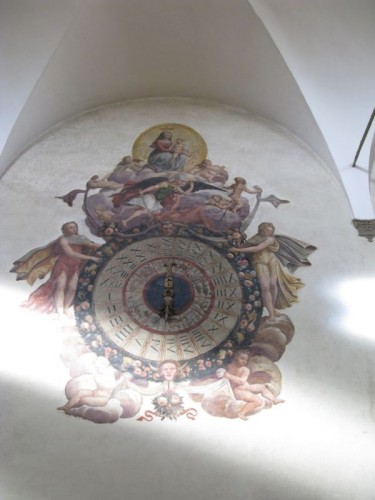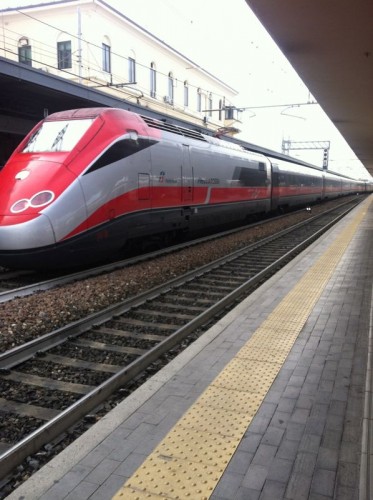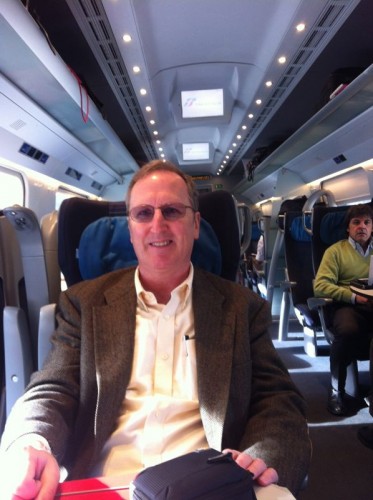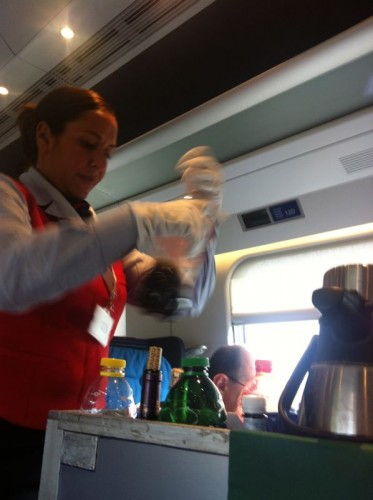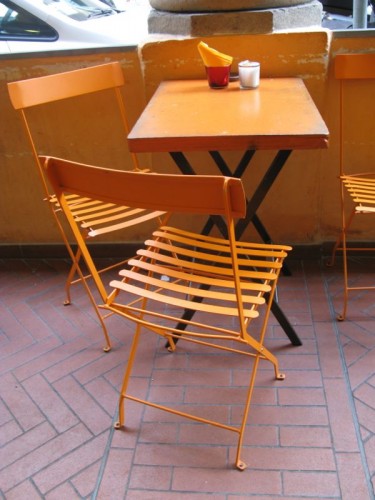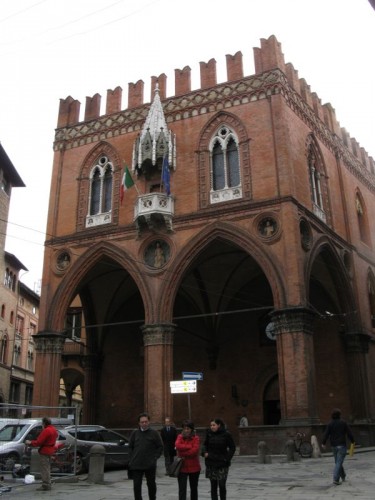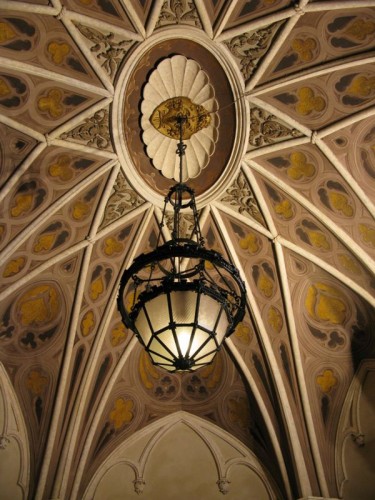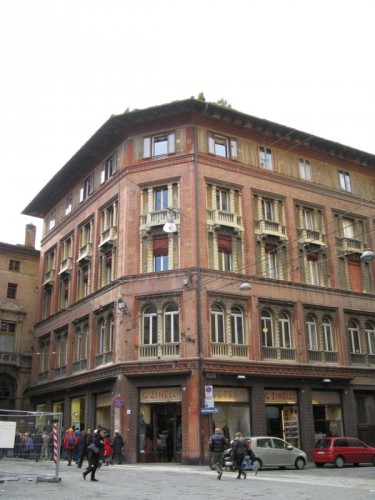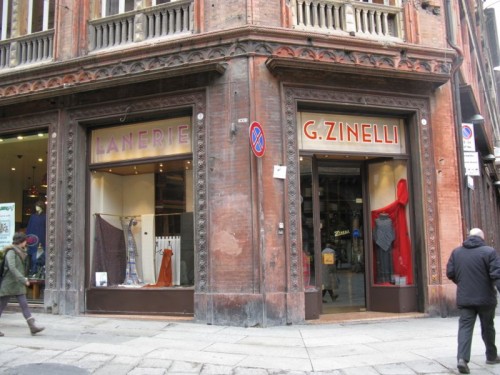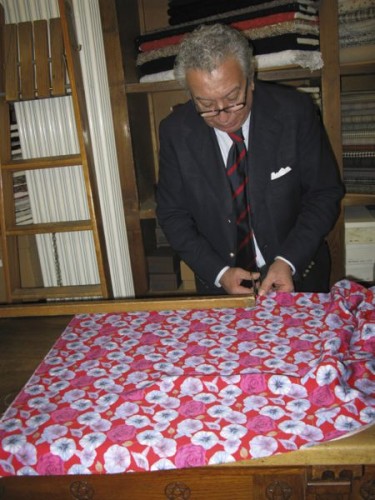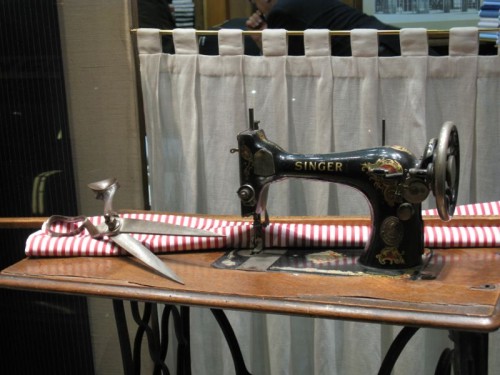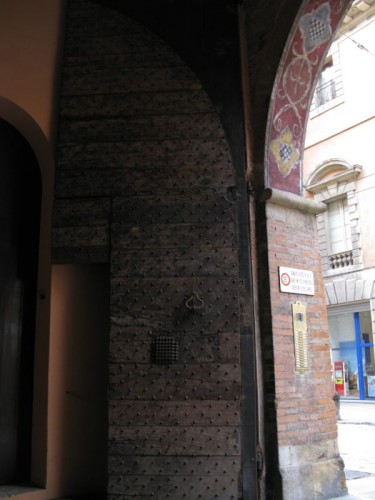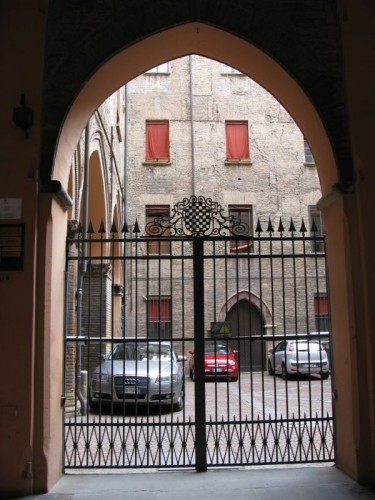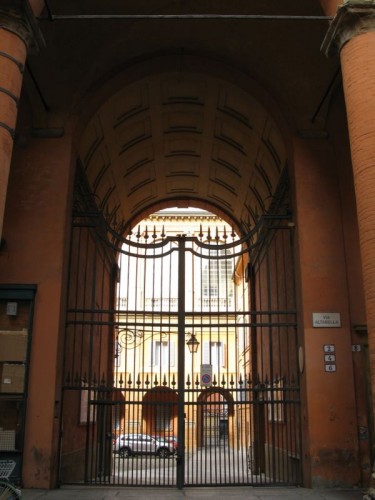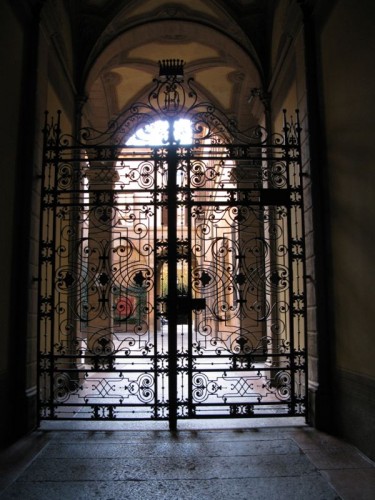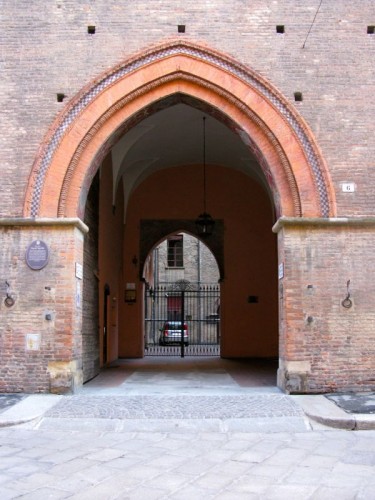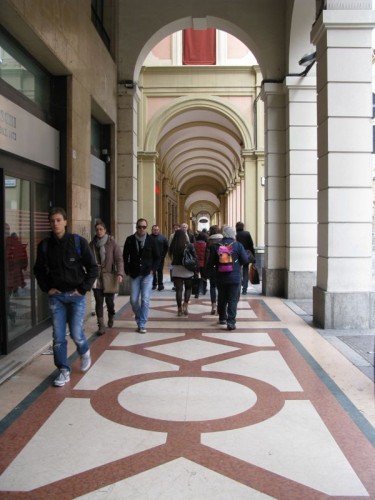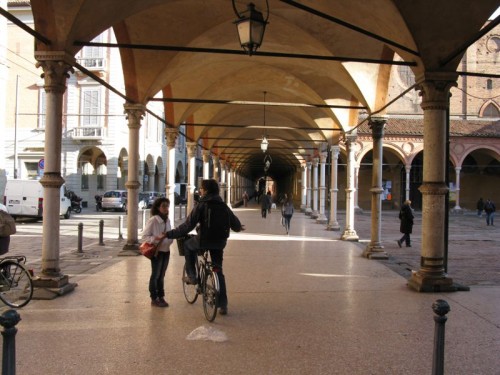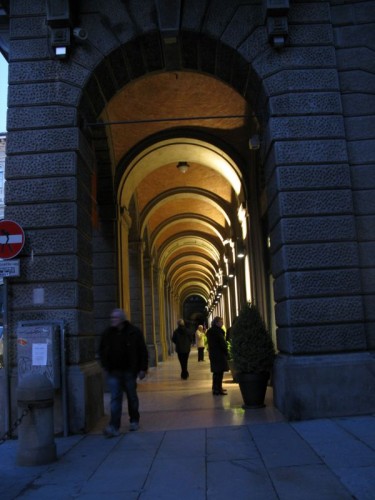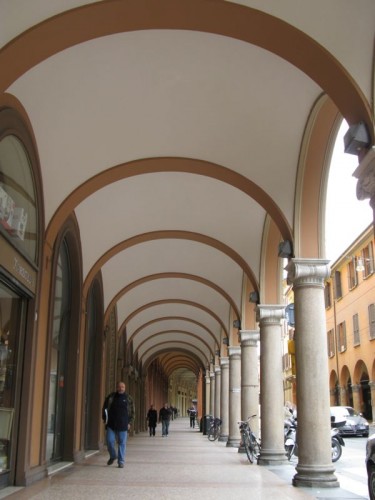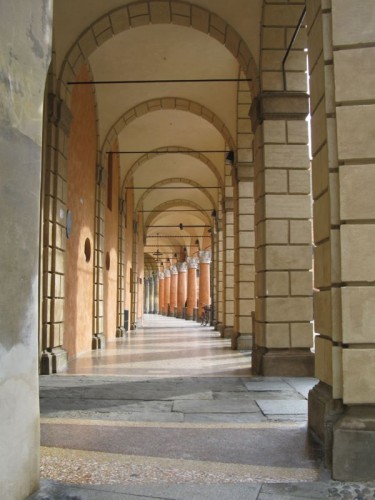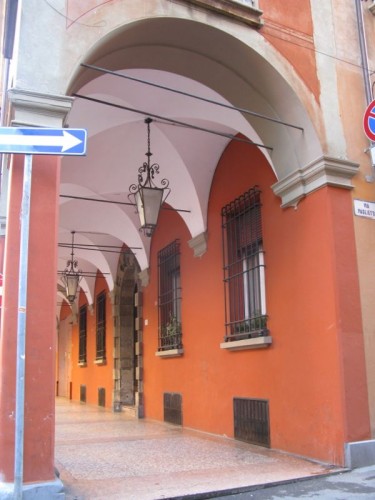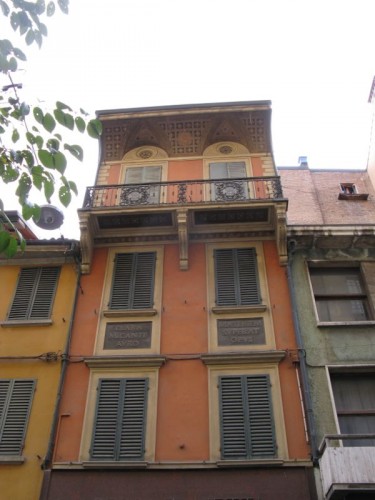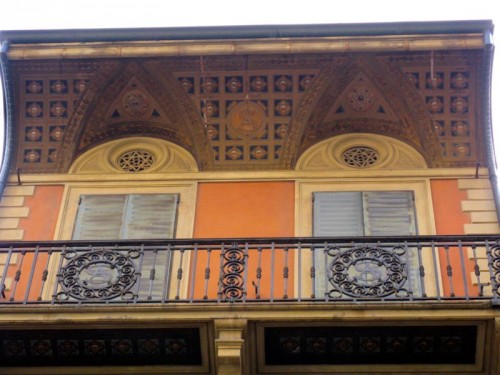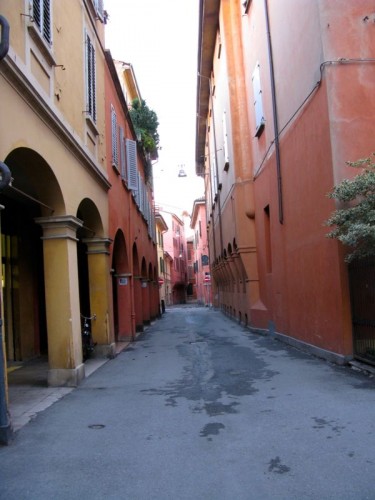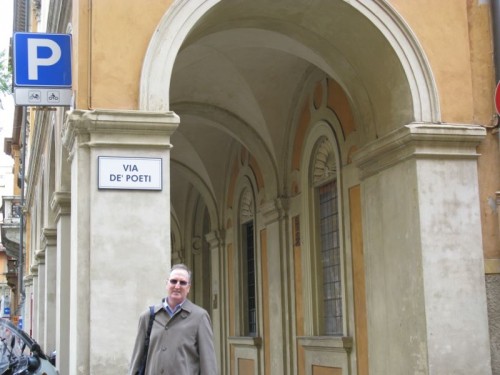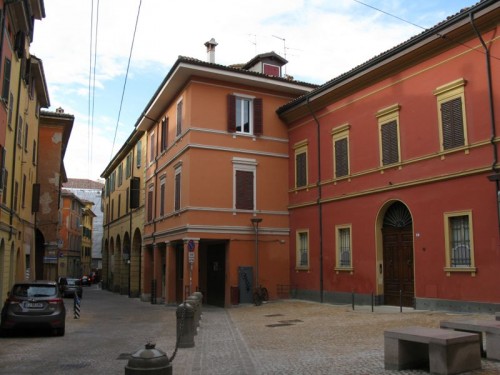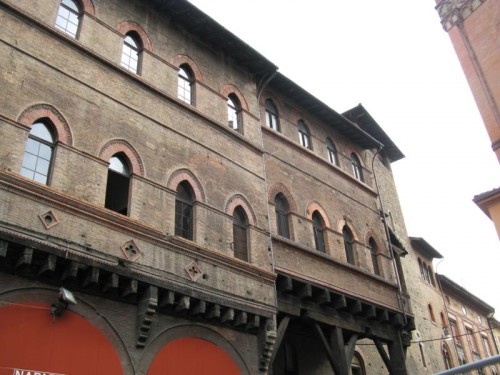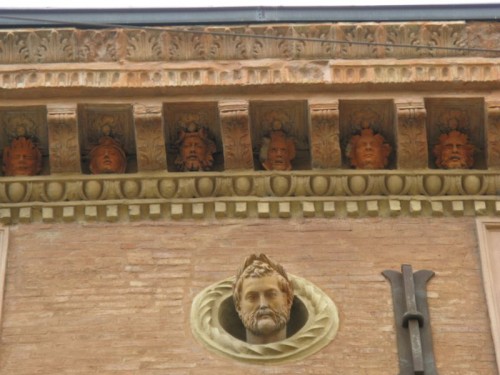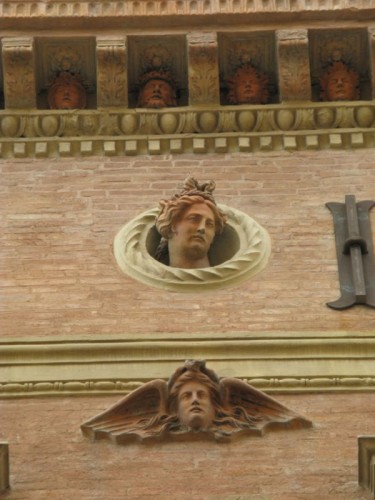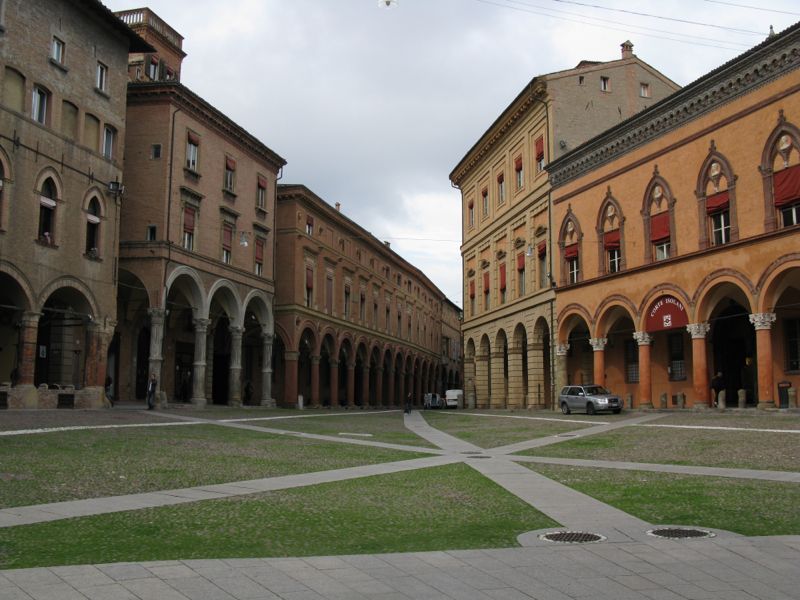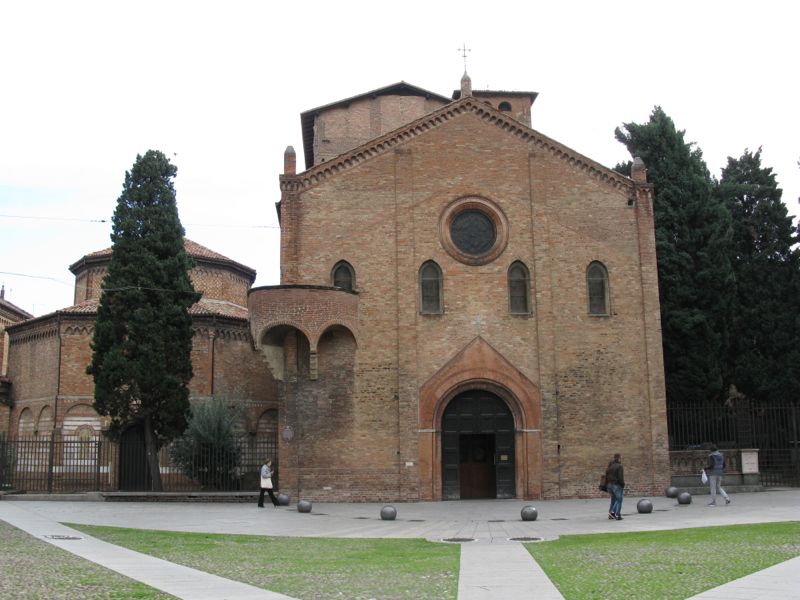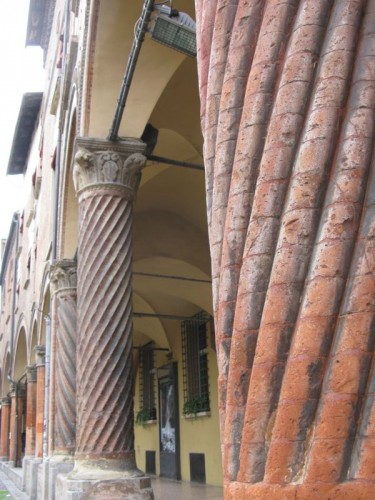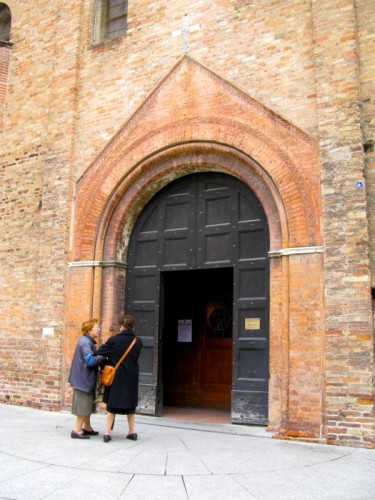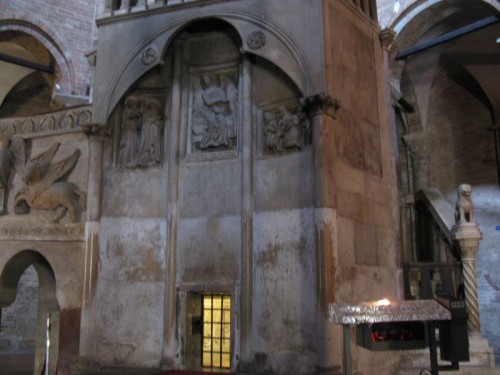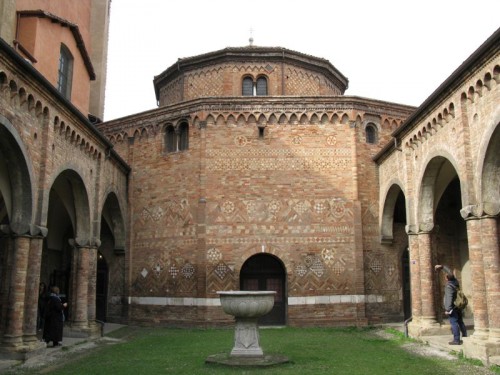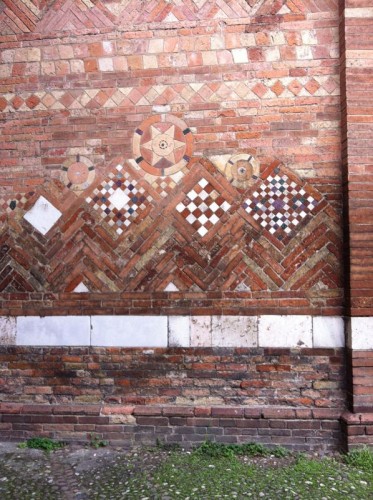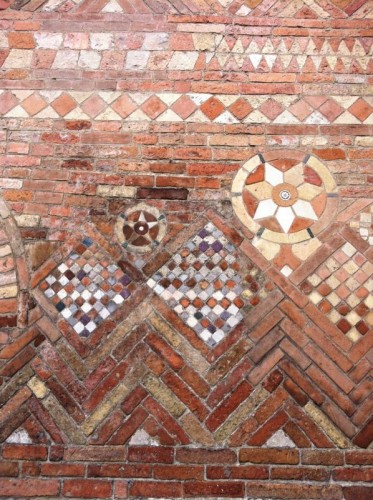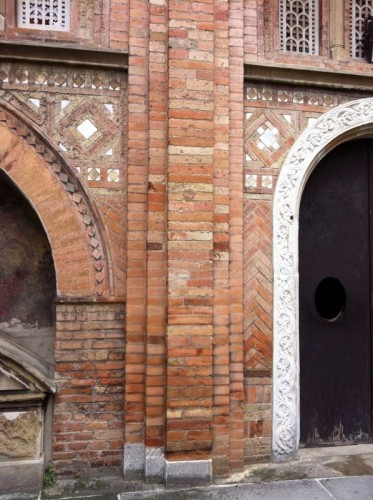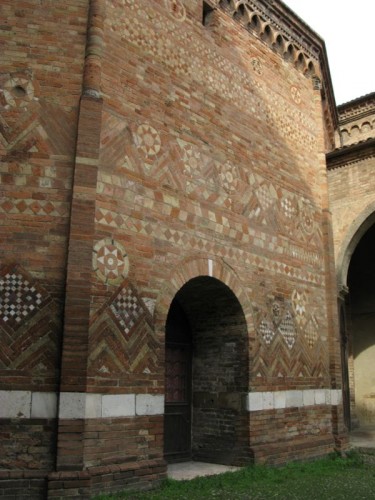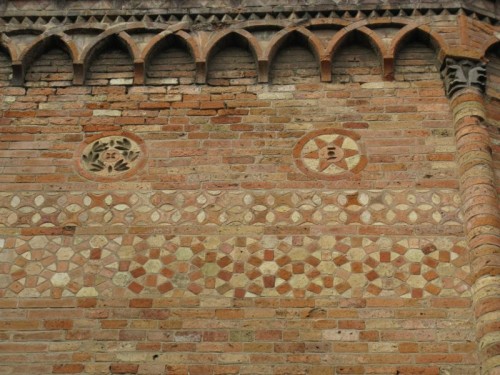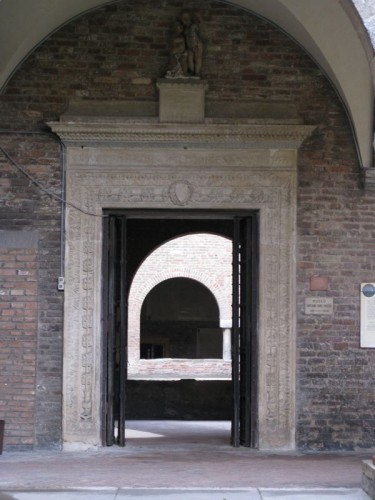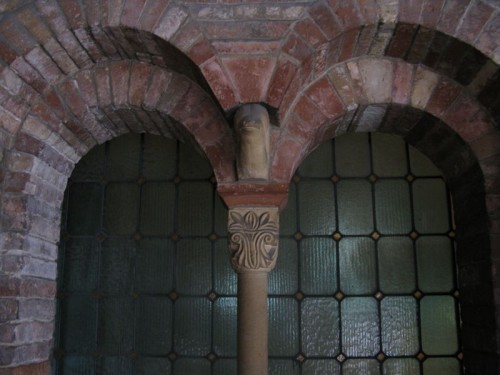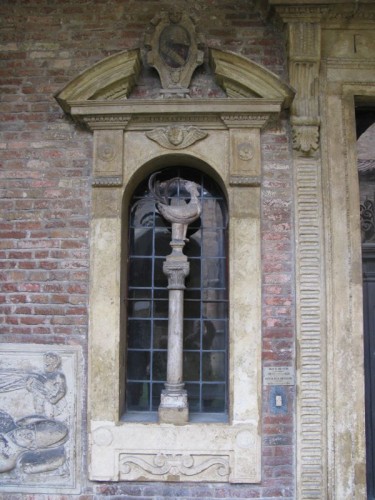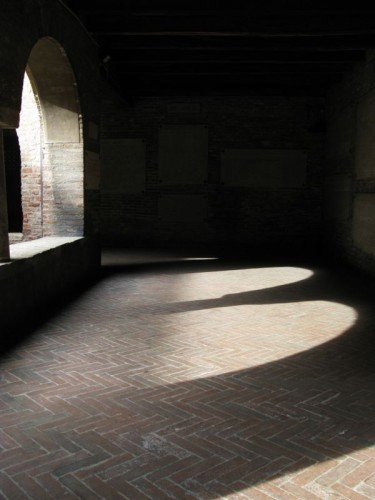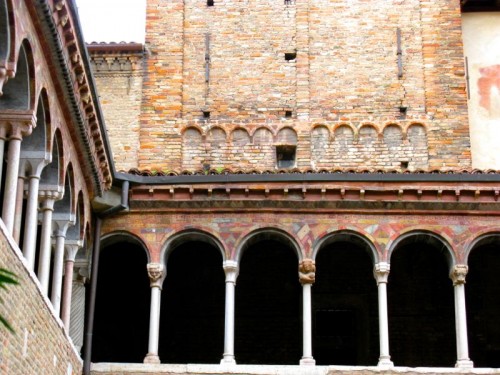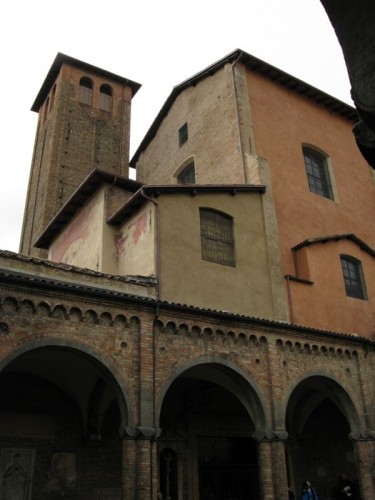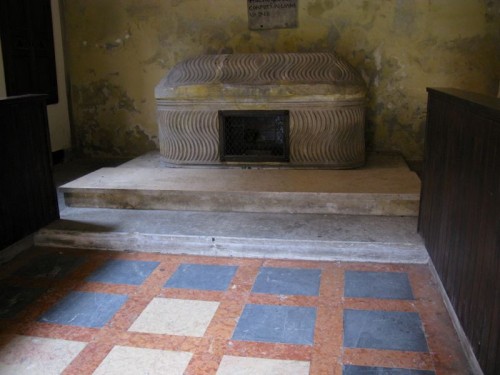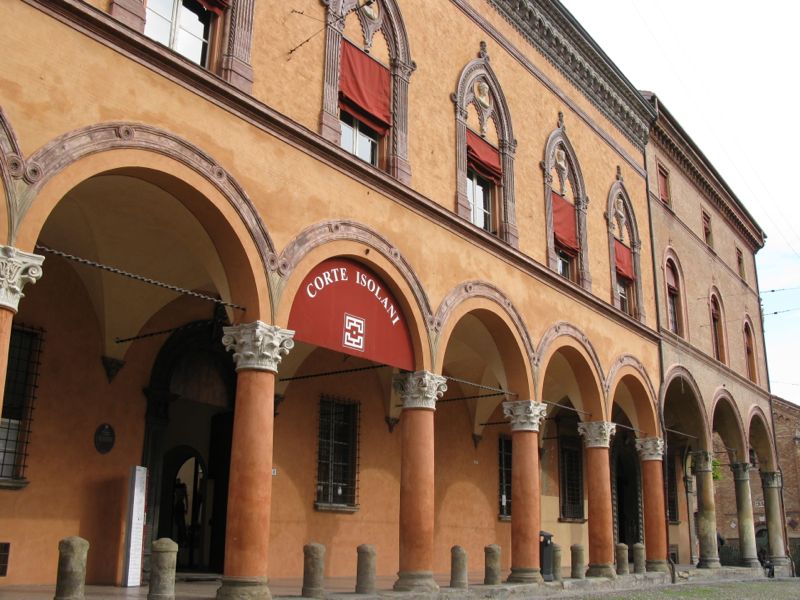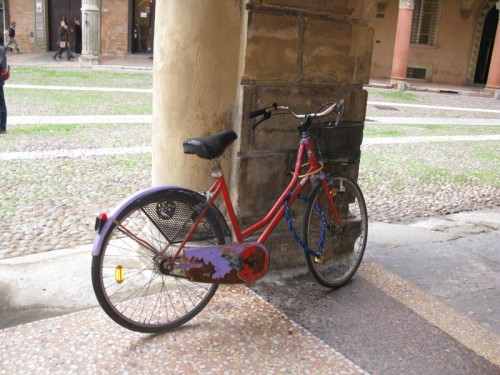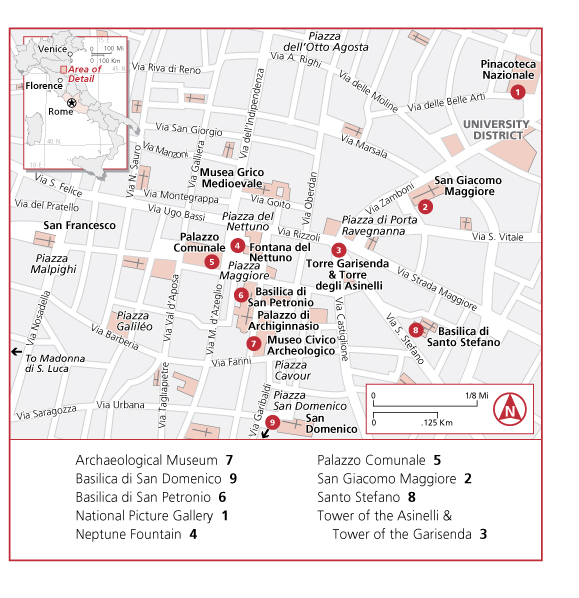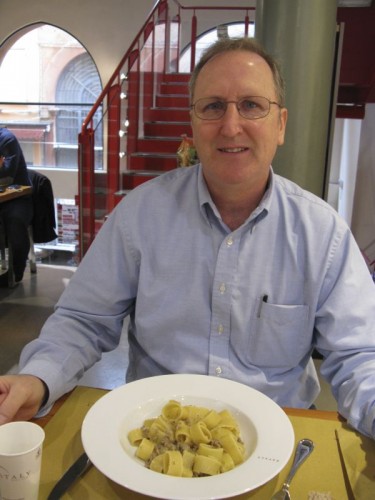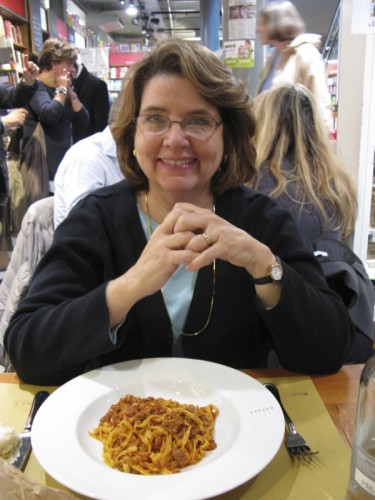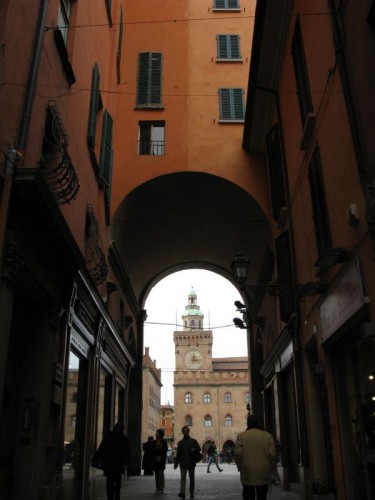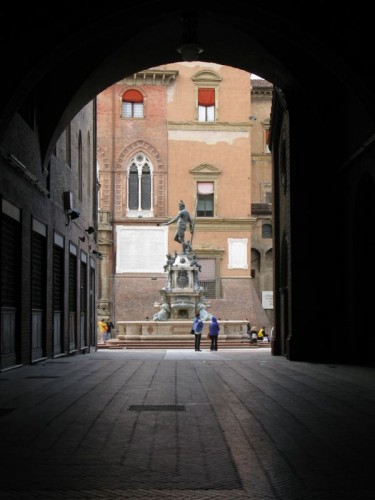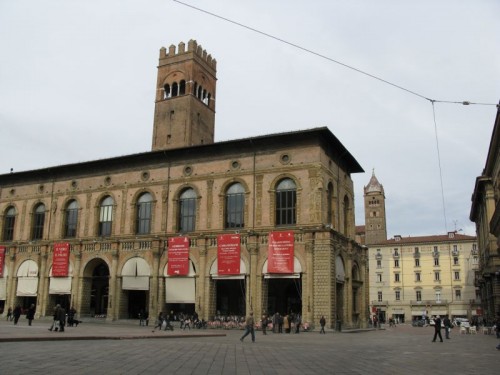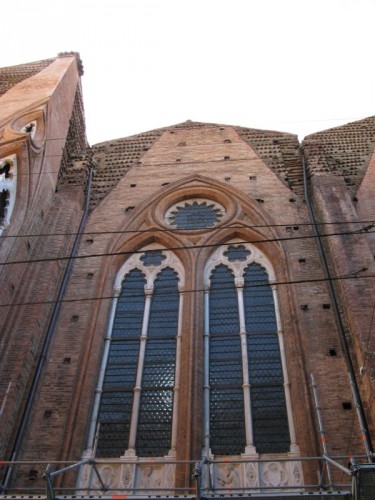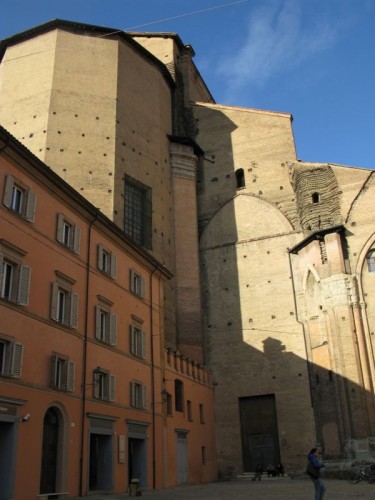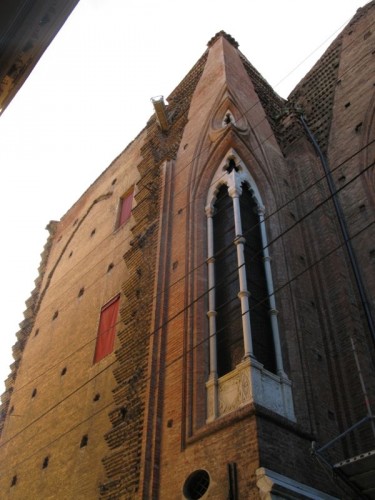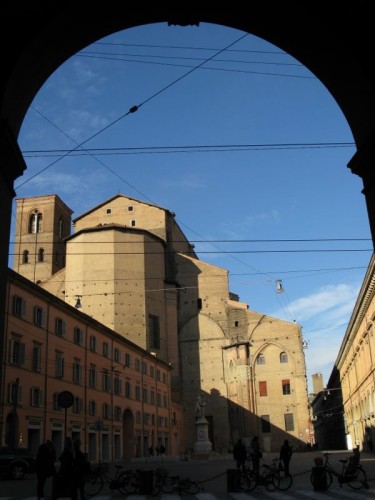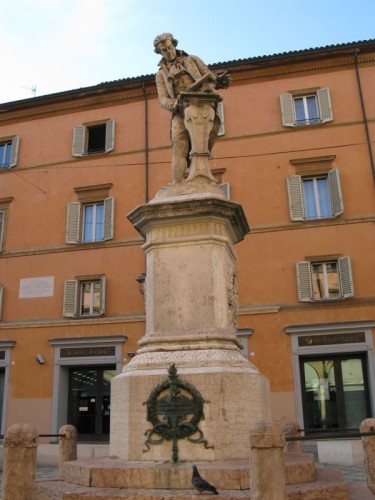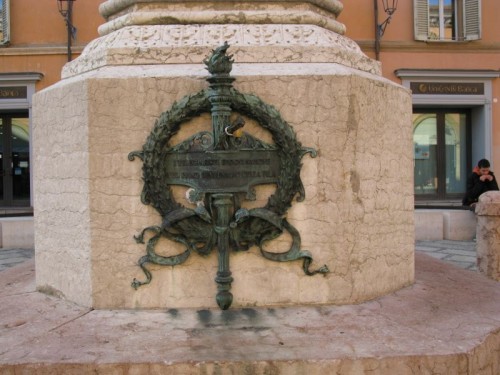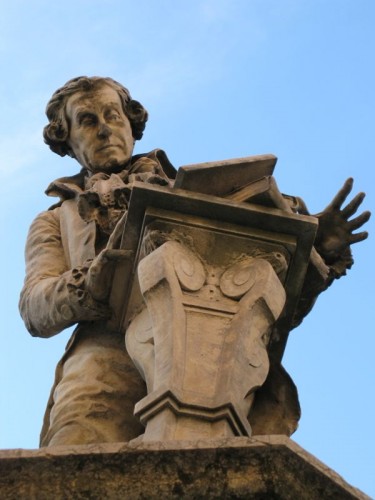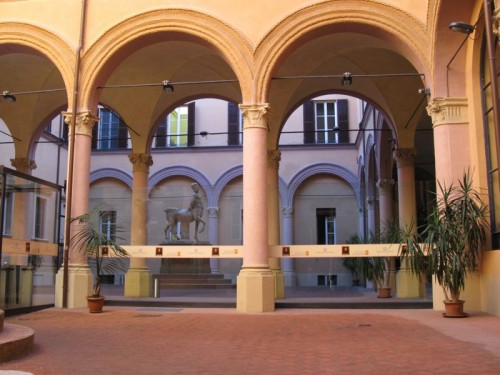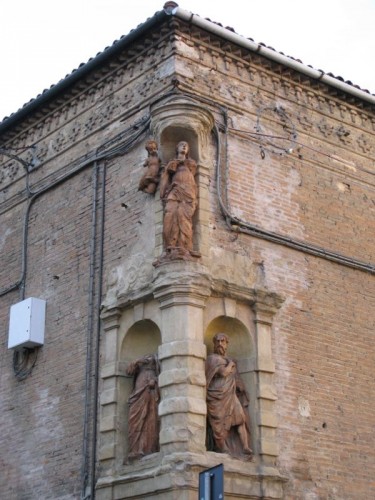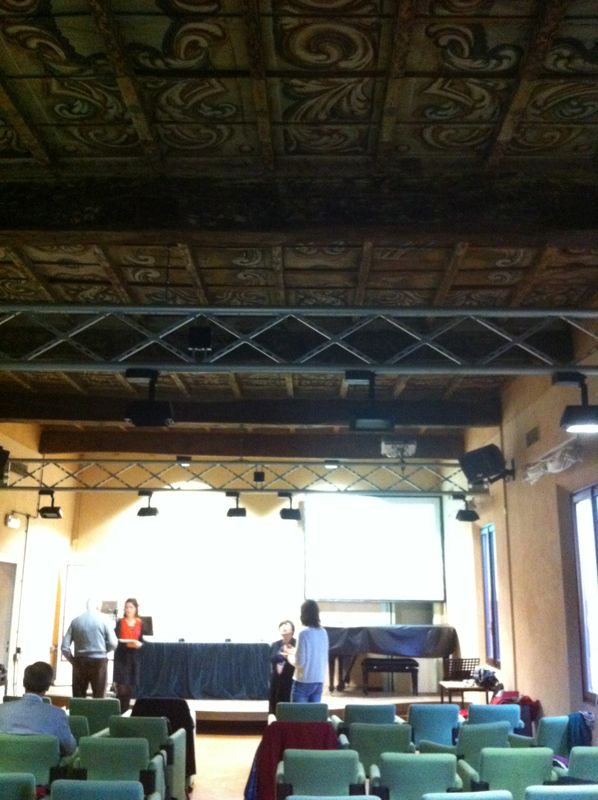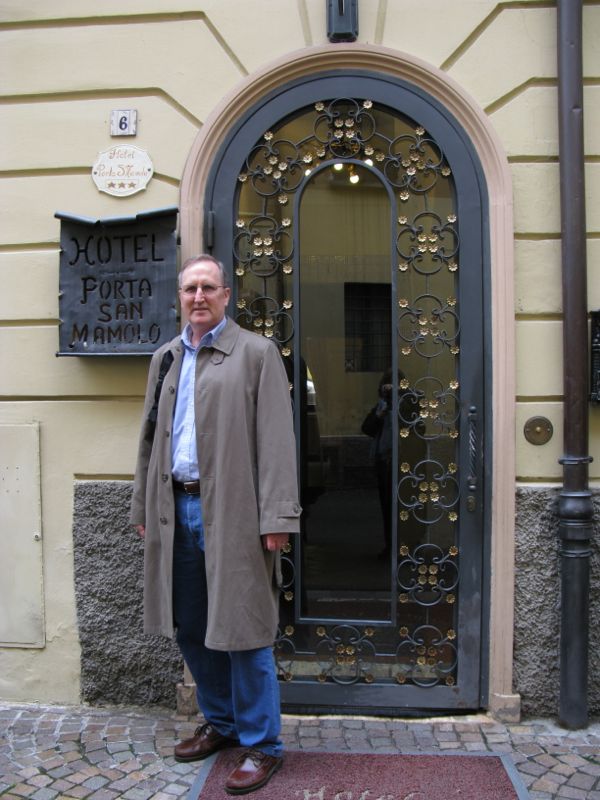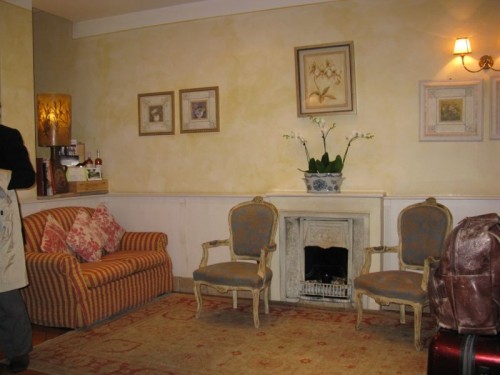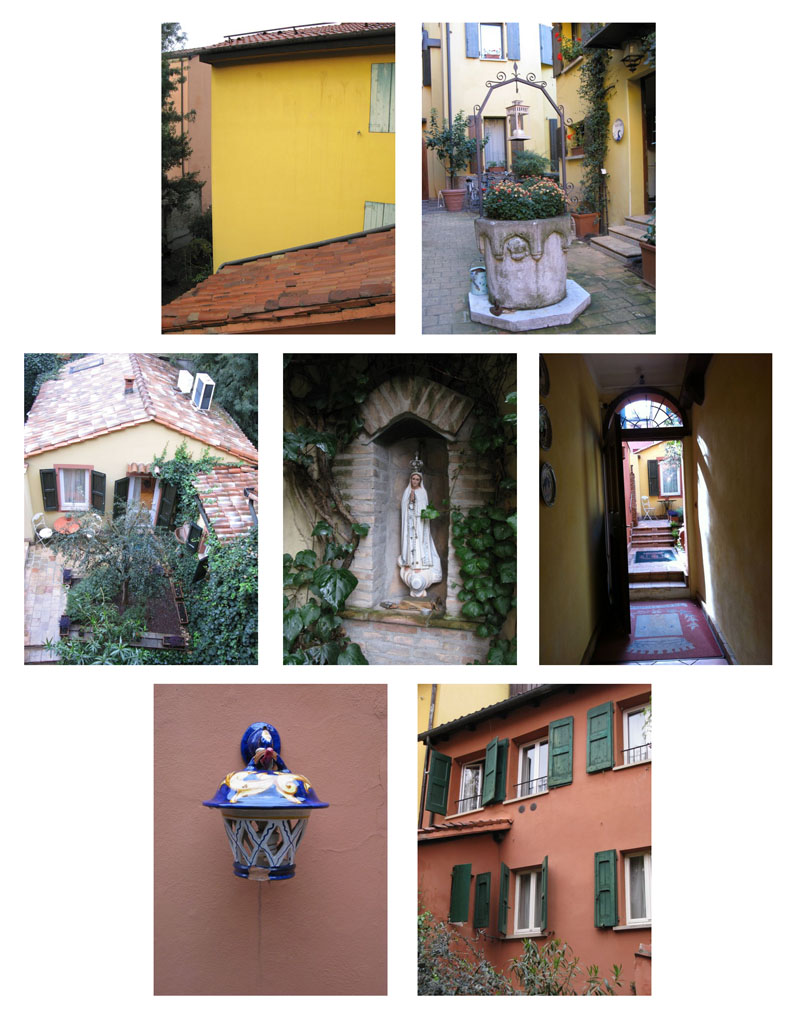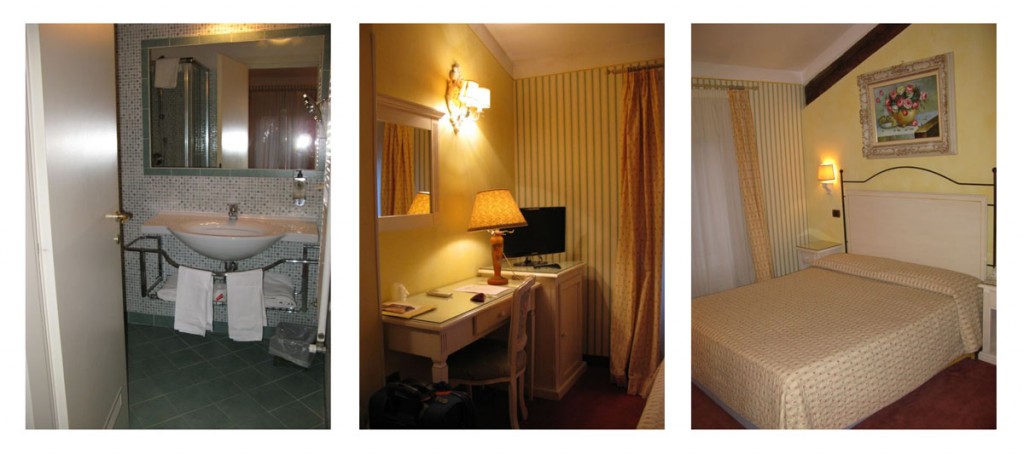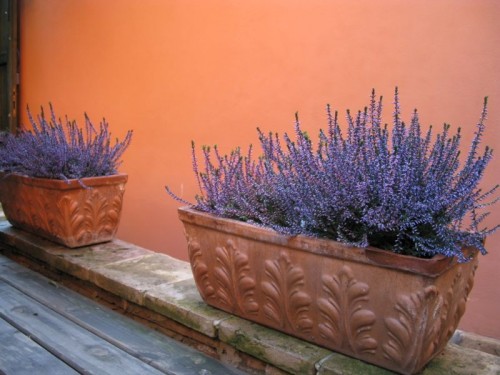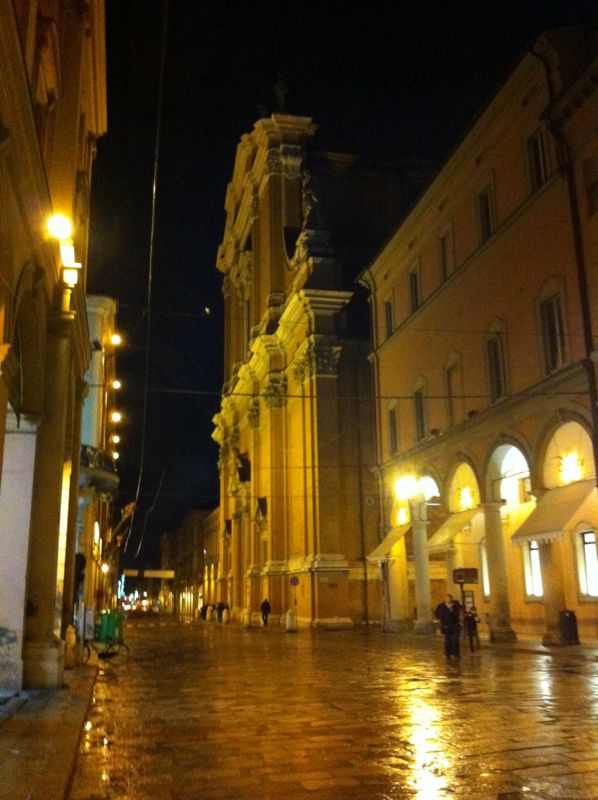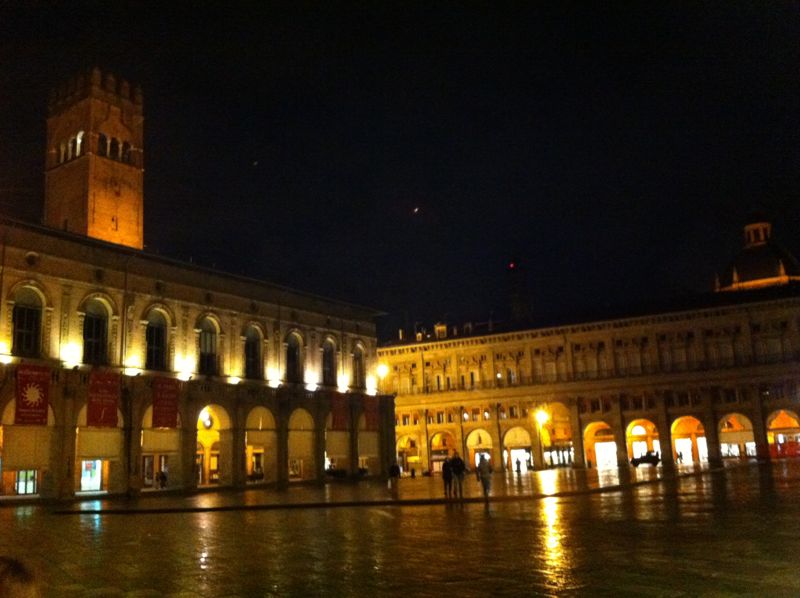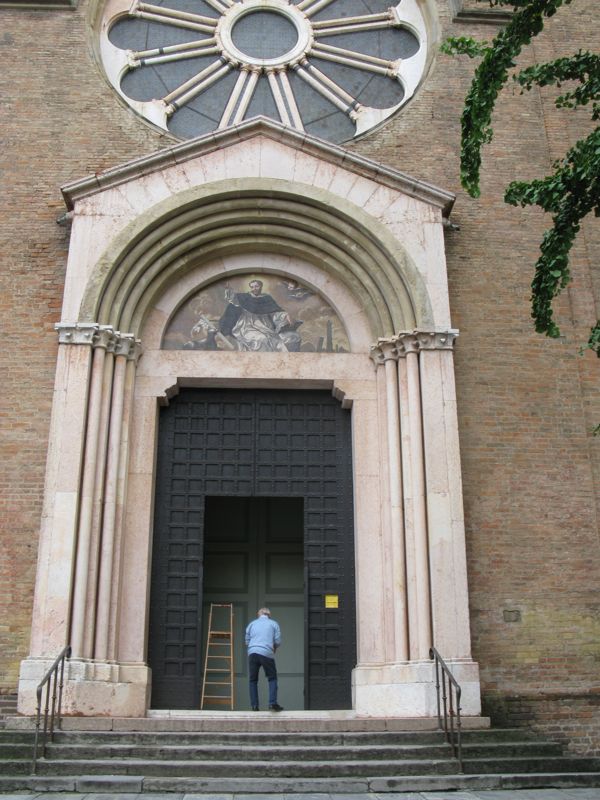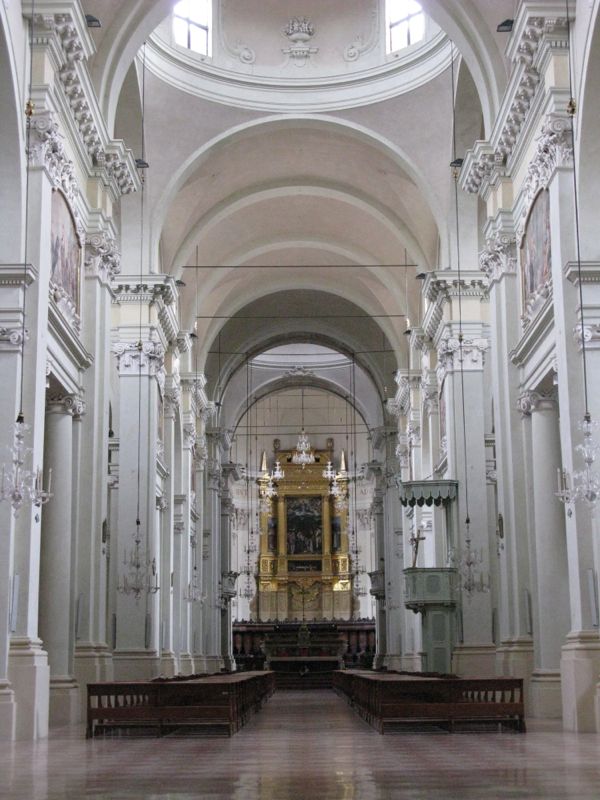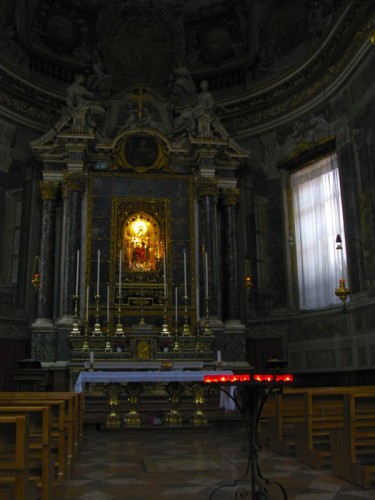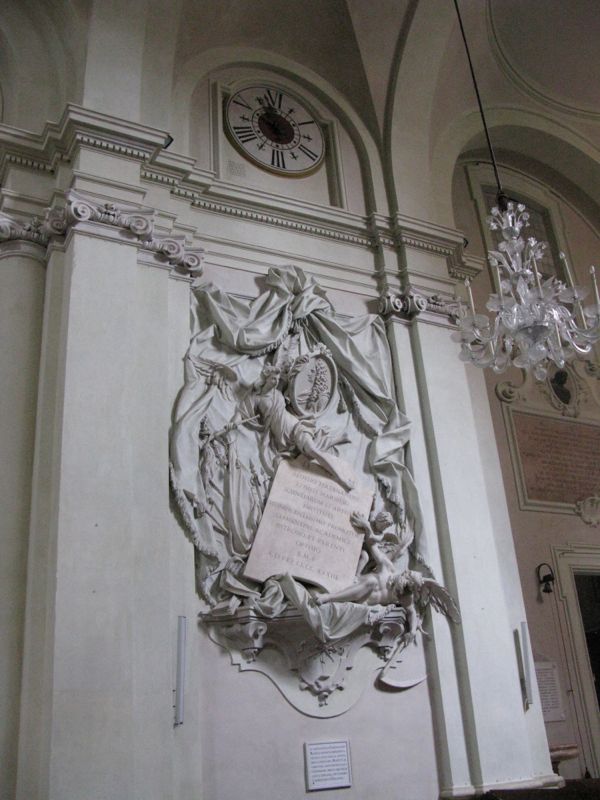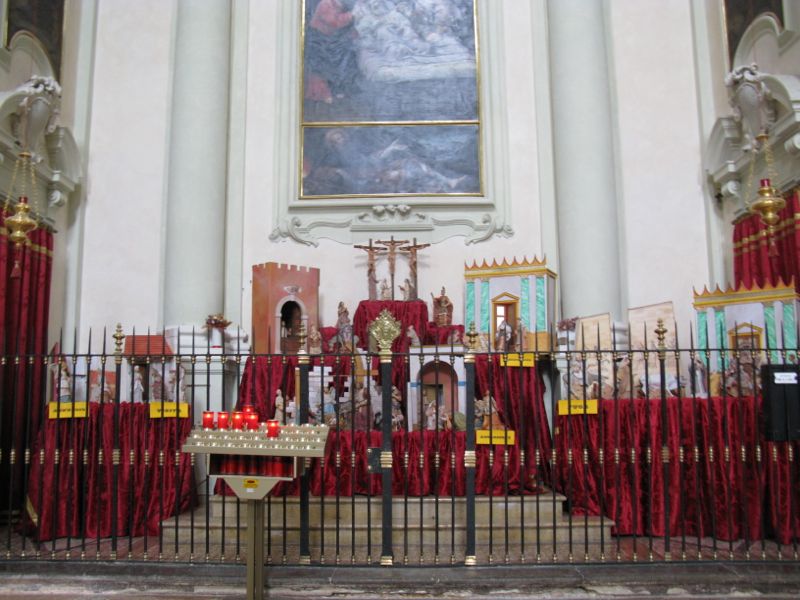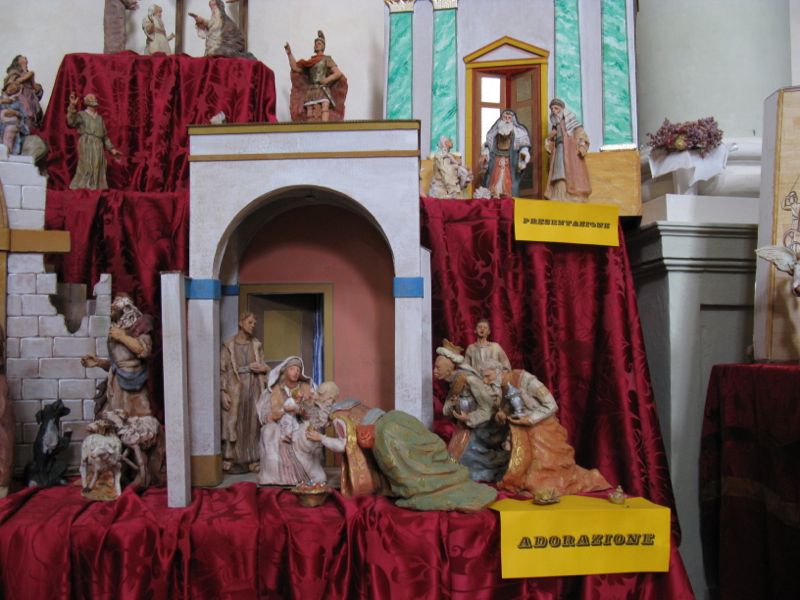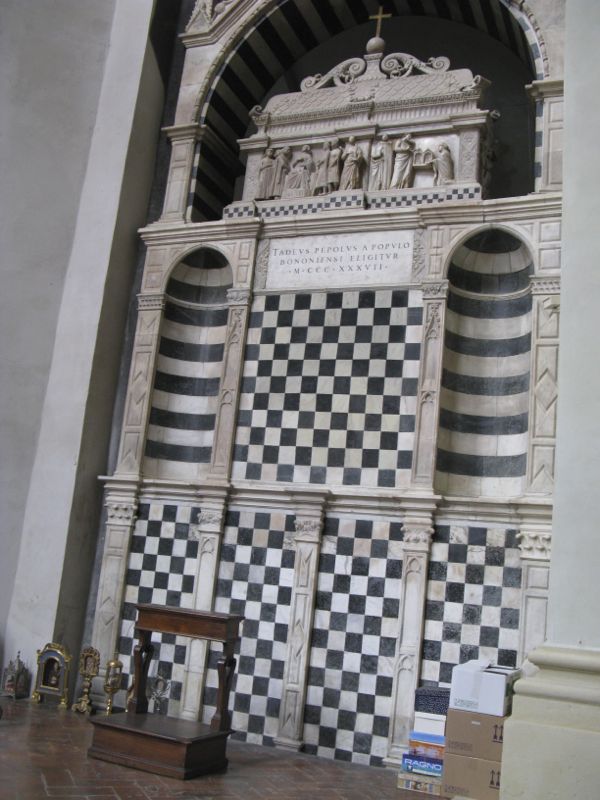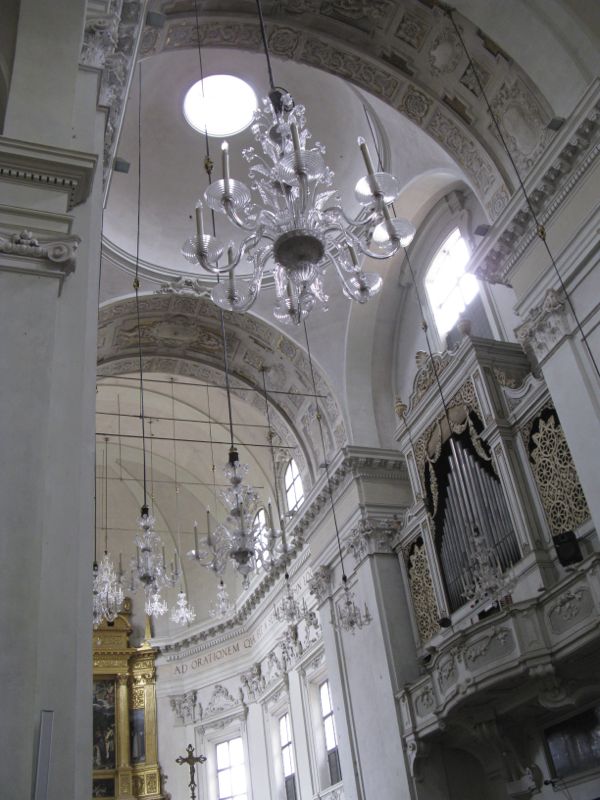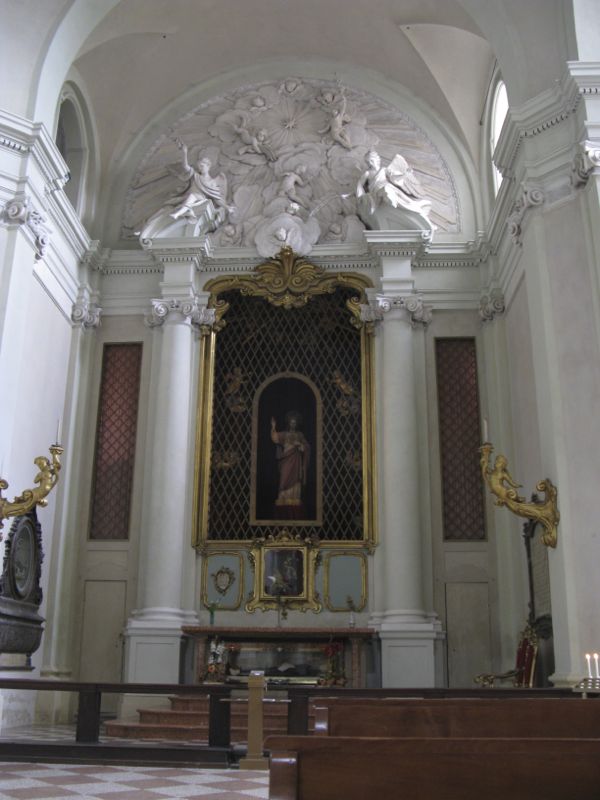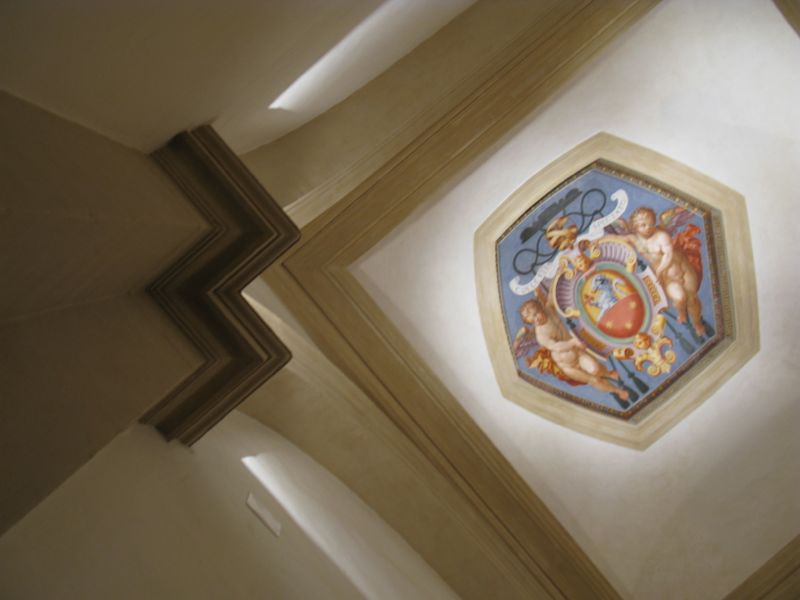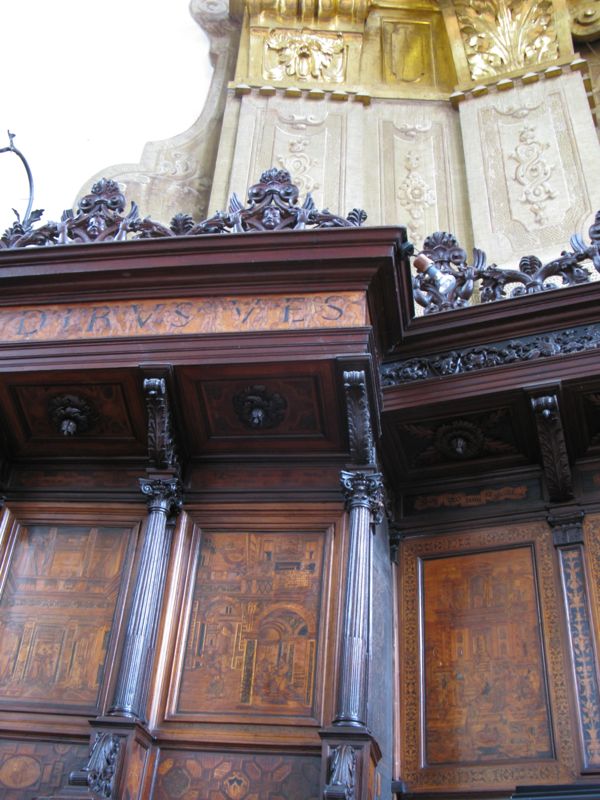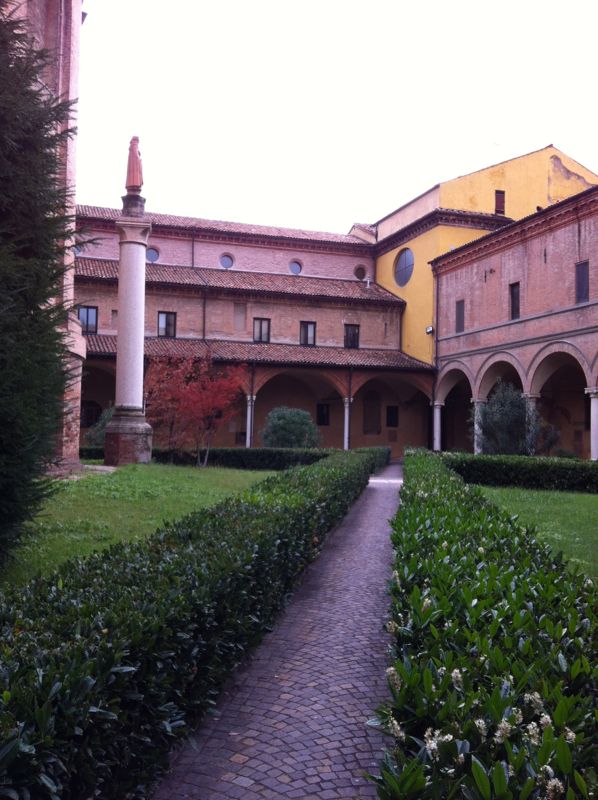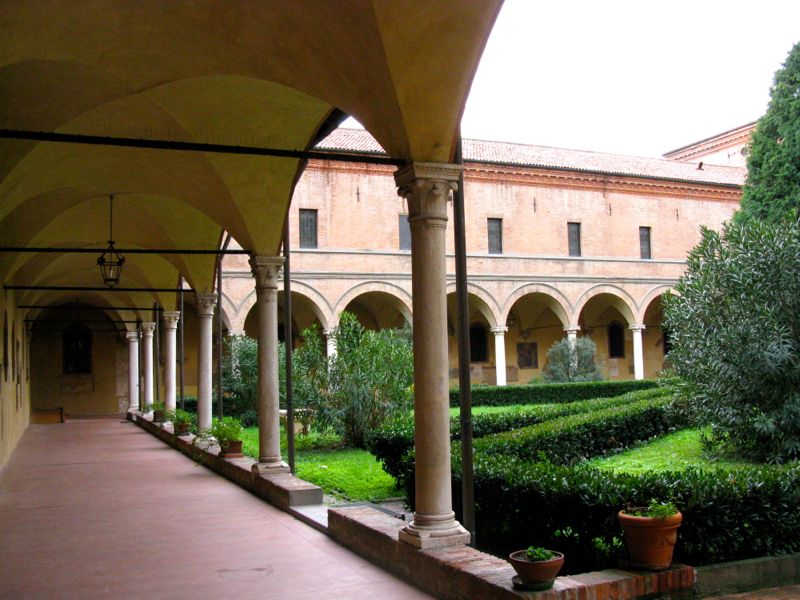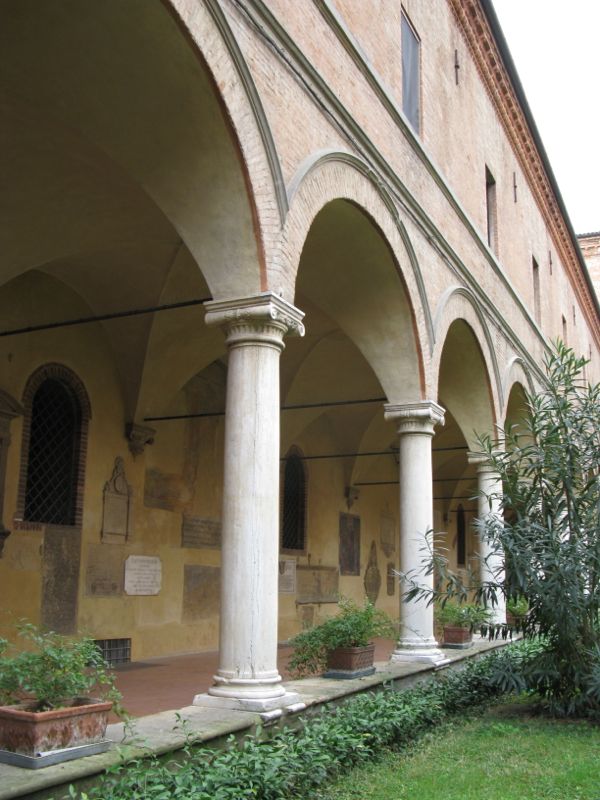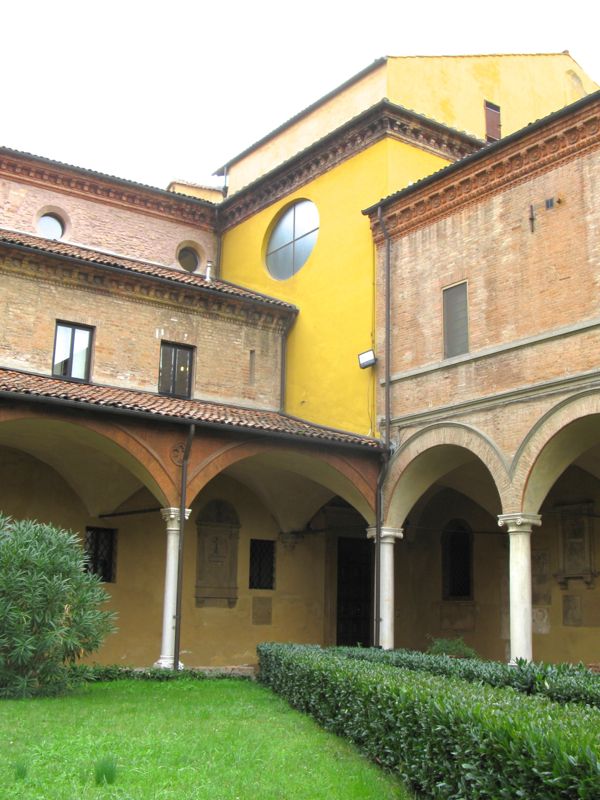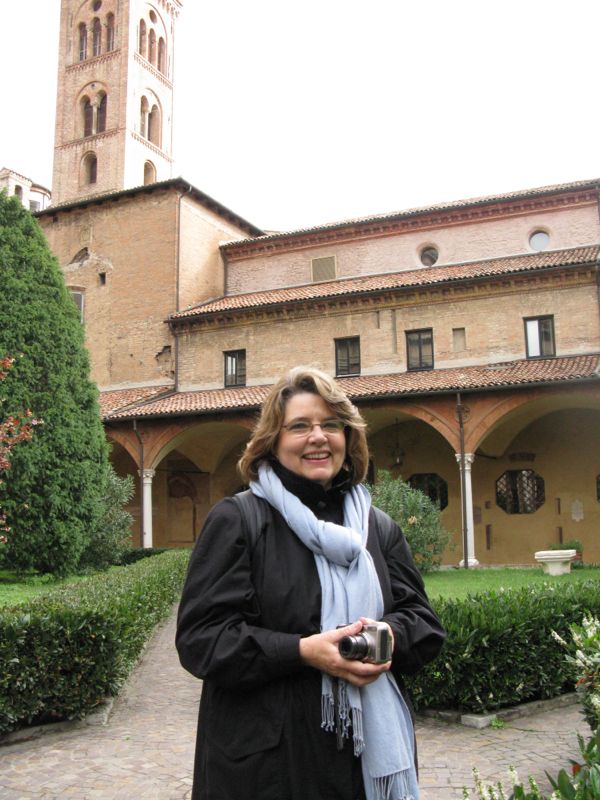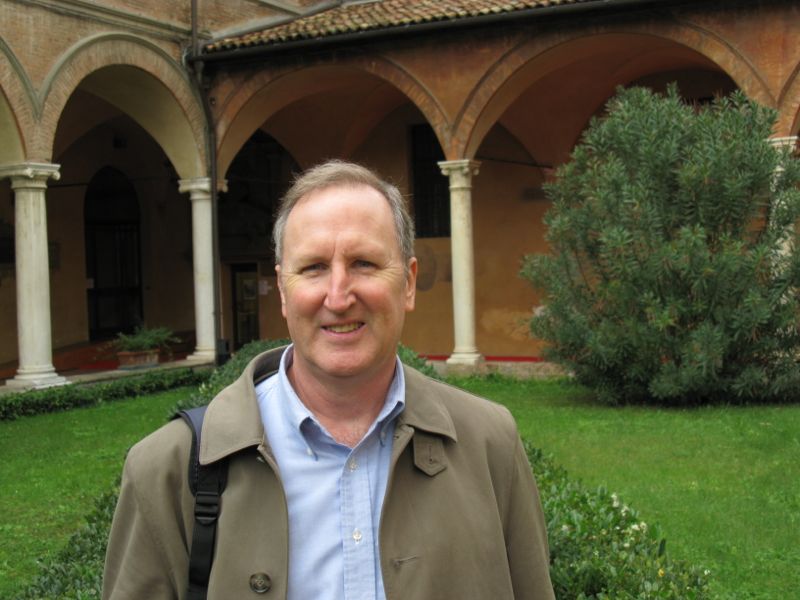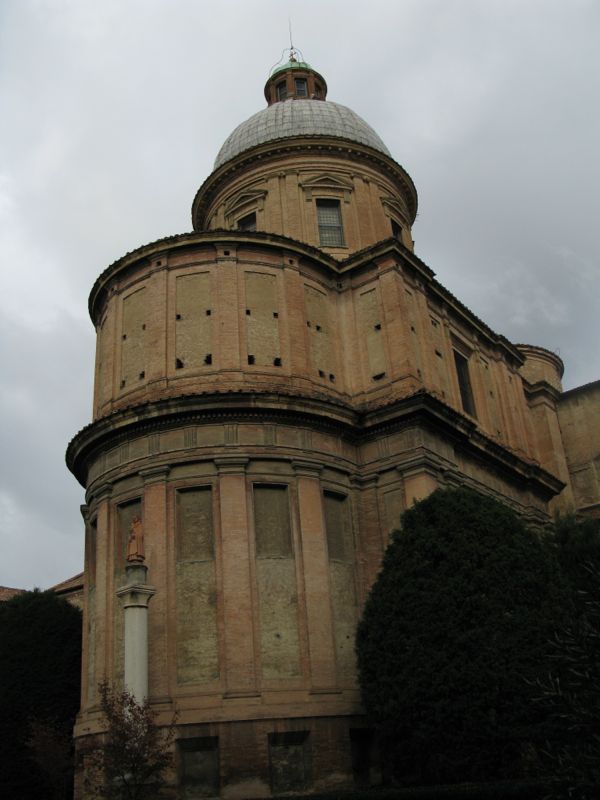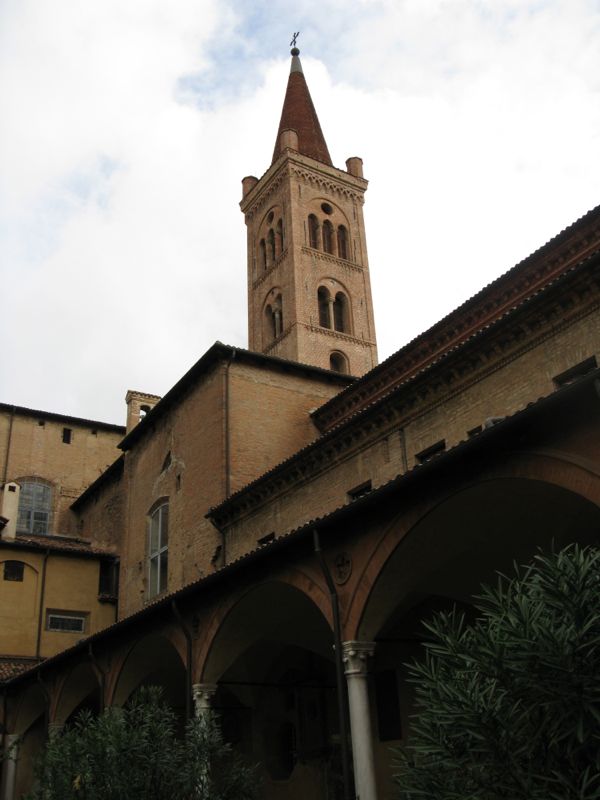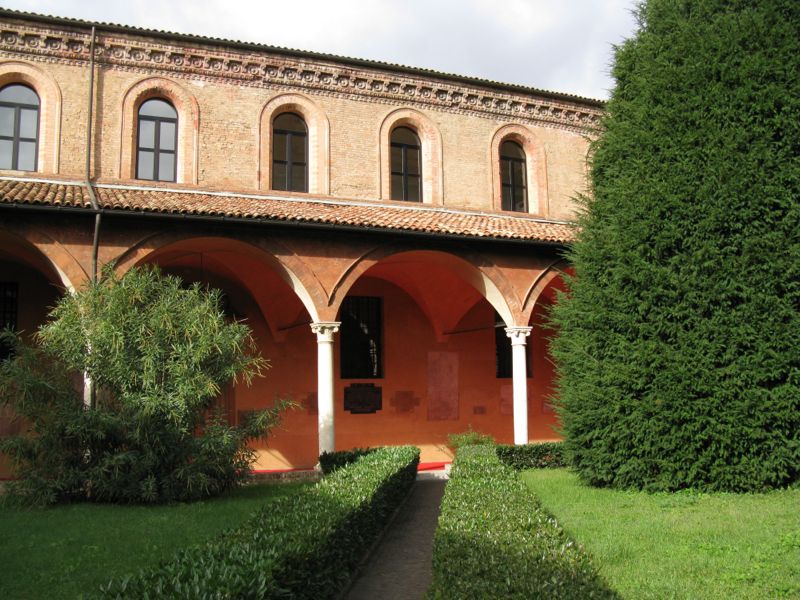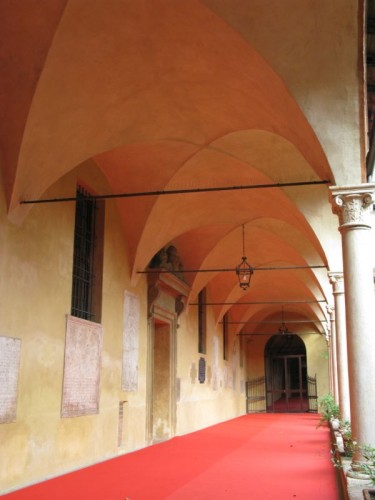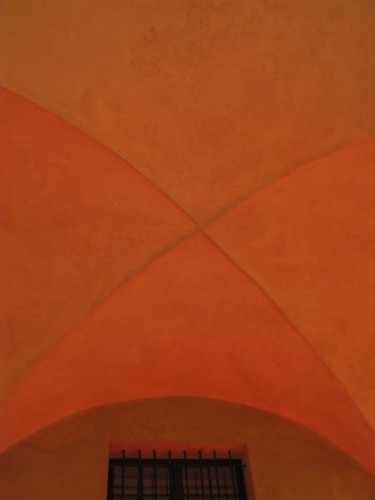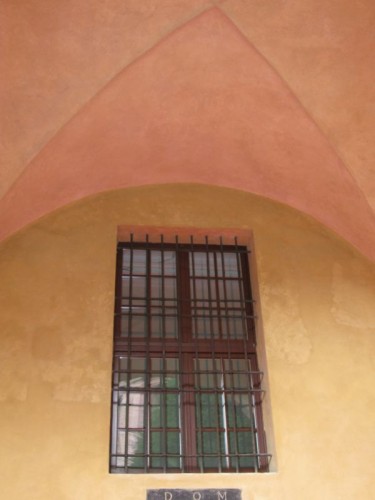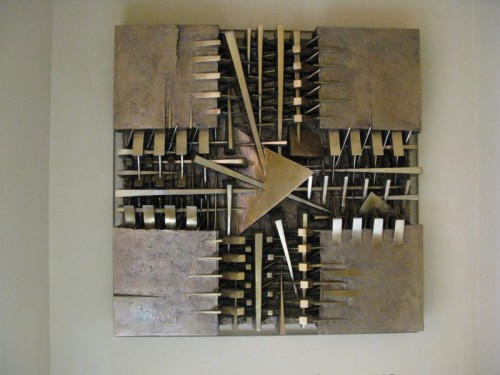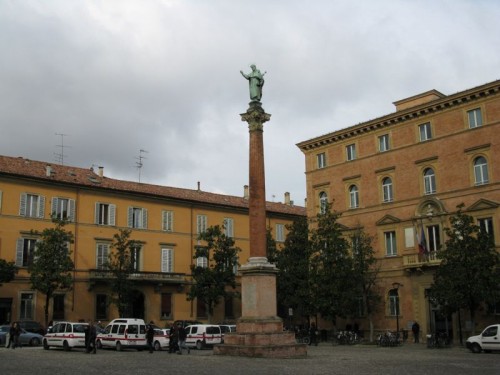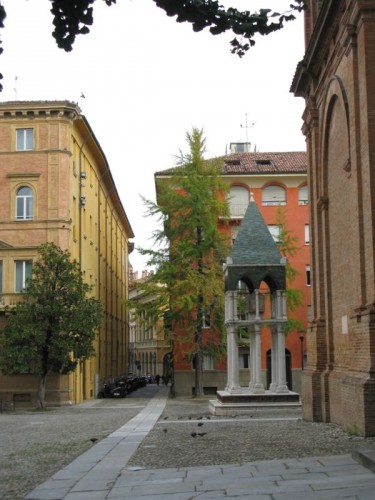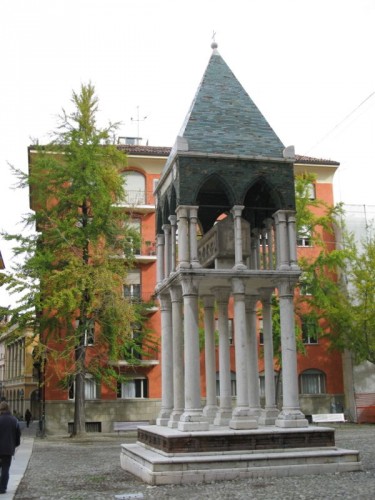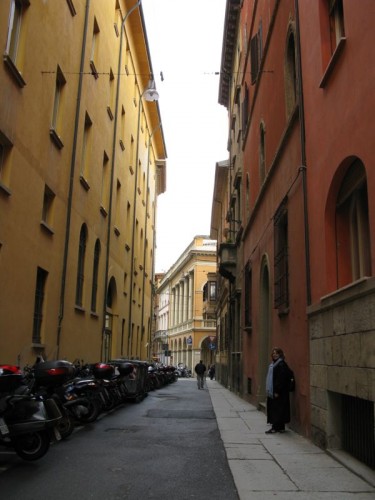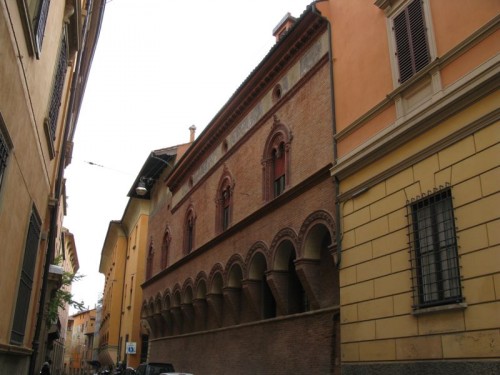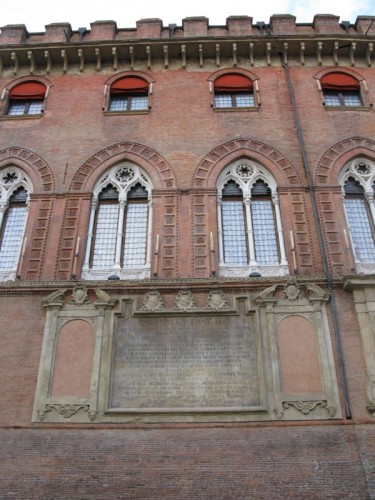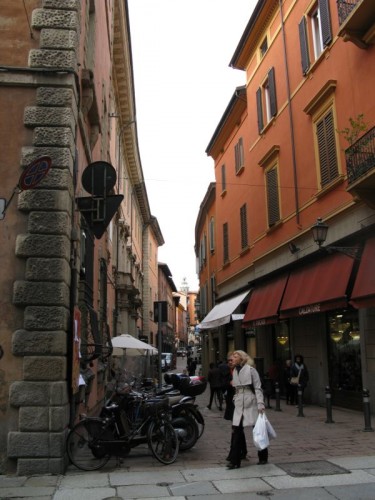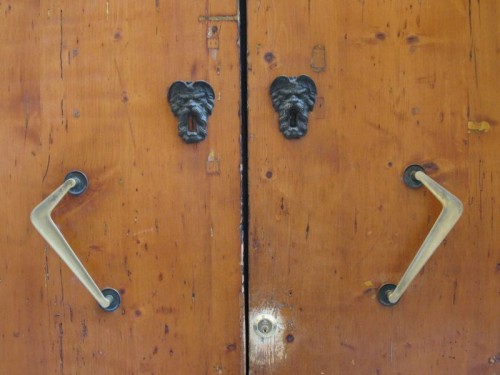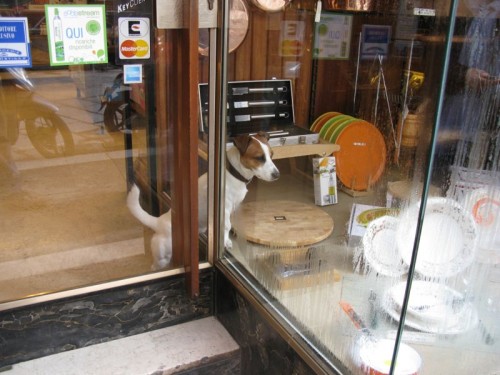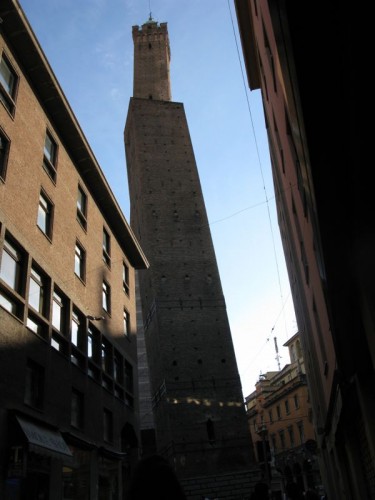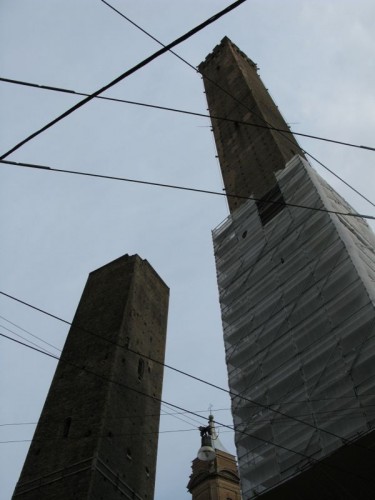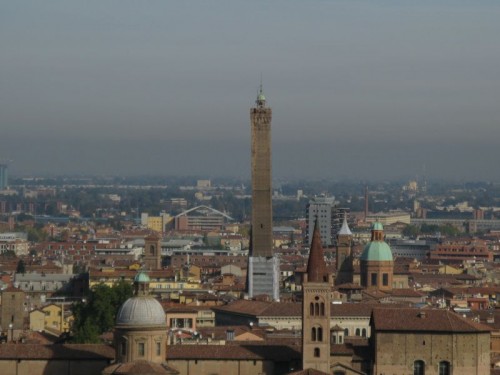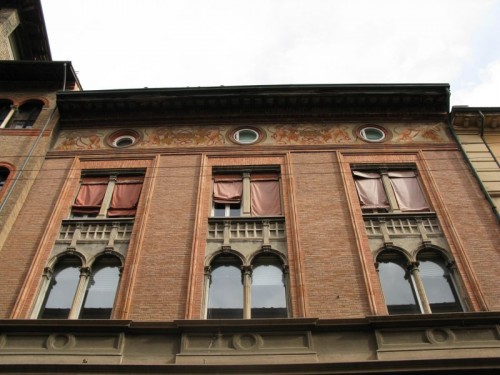Italy 2012, continued
I thought these lights looked like hanging prom dresses.
Waiting for Dave, back in the hotel, I caught up on journaling and thought about the woman I’d sat next to at dinner the last night in Carpi. I’d met her at the vinegaria farm and as we exchanged pleasantries outside, she dropped into the conversation that she was a widow . . . of six months. She’d come back because her husband was prominent in the Collegium Ramazzini and they were doing a memorial for him that night at the final session. I didn’t attend the meeting, but as happenstance would have it, we sat next to each other that night at dinner in the large, noisy banquet hall, filled with not only our group of nearly 100, but also a younger, noisier group. I could hardly hear her when she did converse with me, as she spent most of her time talking to someone she knew beside–and across from–her.
I thought of my sister who has gone through this experience, and from watching her and from a lot of reading for my graduate fiction novel learned that many widows considered the first year after their husband’s death to be the time they felt like they were living in a bizarre world. I felt sad for her–here she was in a foreign country, stuck next to some scientist’s wife at some noisy dinner and with whom probably had neither the inclination nor the energy to carry on a conversation. Although out of politeness, she tried.
Back home, if I met someone like her at church, I would probably know what to say, and we would have the luxury of a long-term relationship to carry us over the rough spots. But when traveling, the rough spots glare a little more, and although she was cordial, she wore her sorrow like a cloak. I sat next to her seatmate the next day at our final lunch in Carpi and found our more about her, but it only confirmed those early impressions. I wish we could have visited in other circumstances, for like my sister, she is a studio artist who has mounted several independent shows. For some reason, either because I was in Italy, or just the crazy conversions of my brain, thinking of the juxtaposition of her husband’s recent death and the art show that he never lived to see, reminded me of that oft-quoted Latin phrase: Ars long, vita brevis. Life is short, art eternal.
The key turns in the lock, pulling me out of my journal–Dave’s back and now my universe can turn in its ordered path once more. Where had he gone? Up into the university area, strolling the streets and taking photos, like the one above, and the pictures below, with fragments of the setting sun painted onto the buildings:
Neptune fountain from the front.
Detail. (Couldn’t resist)
Hand in hand, we head out for a walk together.
These candied fruits were like jewels in the window.
I splurge and buy one of a clementine, a pear, and a couple of others.
I expected them to taste differently, but later, in the hotel room that night we ate a piece of each and while they look so divine, they were just gooey candied fruit, like the fruit in fruitcakes, Dave says. But I don’t regret trying them.
We are amazed by the salumerias that we pass by. Here’s view A (above) and view B (below).
The Bolognians don’t buy regular meats in these shops–they are just for cured meats and some cheeses (in the deli cases below).
We were on the hunt for a vinegar stopper like the ones I’d seen at the vinegaria, for my new bottle of vinegar. One man told us the name of the device was a “tappo salva soccia,” or “top catches drips.” Sounds right to me. We found one in a hardware store.
I wished I could have bought some spiffy sneakers with studs in them, but we figured out (after never seeing a price tag, nor the item in the shops),that these were for display only. Still . . .
When walking in the evening, the window displays show to their best advantage without the glare of the daylight on the glass. Couldn’t decide if this display was in sympathy with the American holiday of Halloween, or the European-Catholic holidays of All Souls Day/All Saints Day. We walked back home to eat dinner near our hotel, and on the way, Dave noticed a purse in the window of a shop. Yes, we bought it. I had kind of given up hope of that kind of a souvenir. I’ve found the best policy is to not to have a pre-determined specific idea of what you want to take home, as you’re likely to be disappointed. I was happily surprised at this outcome. (I love my purse!)
We walked back home by way of another fabric shop he’d seen that afternoon (didn’t buy anything, but admired Dave for his fabric-shop-finding skills), and I had him pose by the shadow of Neptune on his fountain. That’s Dave there, against the wall under Neptune’s knee. We had dinner at a restaurant across the street, Osteria Le Mura, then went home and ended the day.
The next morning at breakfast, we try to figure out what kind of tree this is outside the breakfast room window, guessing at different things and finally wondering if it were a fruit germaine only to the local area. I ask the waiter for more information.
He says it’s a “pursey-man” tree. Pursey-man?
When the lady behind the counter brings out this dish, I understand immediately: persimmon tree. I hadn’t seen them ever as golden pieces of fruit. (And now Dave and I refer to them only as pursey-man fruits. The influence of travel is broadening.)
In talking to some other tourists at breakfast, we find out about a short walk to a lovely church and a viewpoint, so we head out, passing these rows of brilliantly colored trees on our way to San Michele in Bosco (the name of the church).
This is the view of Cathedral St. Petrionous in the center of the city (zoomed in). You saw our shot of the two towers (complete with satellite tower on top) in the previous post. It’s a lovely panorama and a fitting way to remember the city.
We head up the hill to the church.
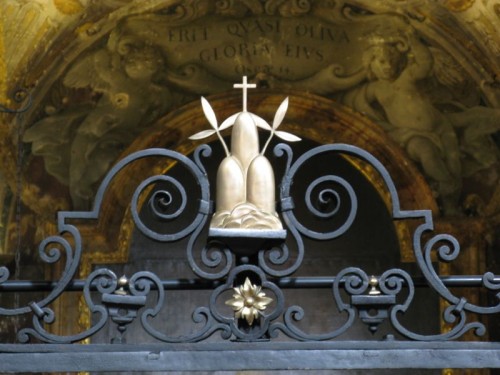 The insignia, inside the church on one of the chapel gates.
The insignia, inside the church on one of the chapel gates.
The interior is divided into two parts: an upper and a lower, with this saint guarding the stairway. We tread quietly, as a man is kneeling silently in the first pew.
Around the corner in the sacristy (?), a woman is tending a rack of postcards, in the ubiquitous “gift shop.” We inquire in our best raised-eyebrow-fake-Italian if there is a cloister. The torrent of words in reply didn’t help. I find a postcard and point and then there are smiles and lots of pointing, with her hand going this way, then that way. We pay for a postcard (any one will do) and try to find out where this cloister is.
We walk out the door on the upper left of the church into a long hallway, which used to be part of the church, but is now a hospital. This ancient fresco clock is high up on the wall.
We focus initially on this wonderful ceiling in a play of light and shadow. Then I happen to glance down at my feet.
Dave! It’s a meridian line! I’d seen it in another one of the churches yesterday, but theirs had Plexiglas over it, so we wouldn’t walk on it (it was in that church that didn’t allow photos), and here this was, just laid out in the hallway where anyone could walk on it.
Linea Meridiana.
We try to follow the directions given to us, but realize that we need to get back to catch our train, so leave the cloister for another day. I saw later that it was a unique octagonal garden cloister. Bless the web. And curse it, for showing me what I could not see.
The train we’ve chosen is just like this one: sleek and shiny and looking like a stalled slithering snake, there on the tracks. We’d grabbed a snack for lunch, then found our seats, and enjoyed the hour-long (about) ride to Padua.
Because we were in first class, a woman brought around a little cart with snacks, just like an airplane. Only our flight attendants don’t wear surgical gloves when they pass out the pretzels.
We sat next to a British man who was the registrar for a large university in England, and he said he was pretty worn out by the last round of admissions, so was taking a holiday–first to Rome, then to Venice. We chatted with him on how the system worked in England, and he told us about the change-over from a government-financed education for the students, to one where they paid for it themselves (with government loans). After talking to him for the entire ride, we agreed that he needed a holiday. Academics will find each other wherever they go? We said our good-byes and got off the train in Padua.
Next post: Padua.
